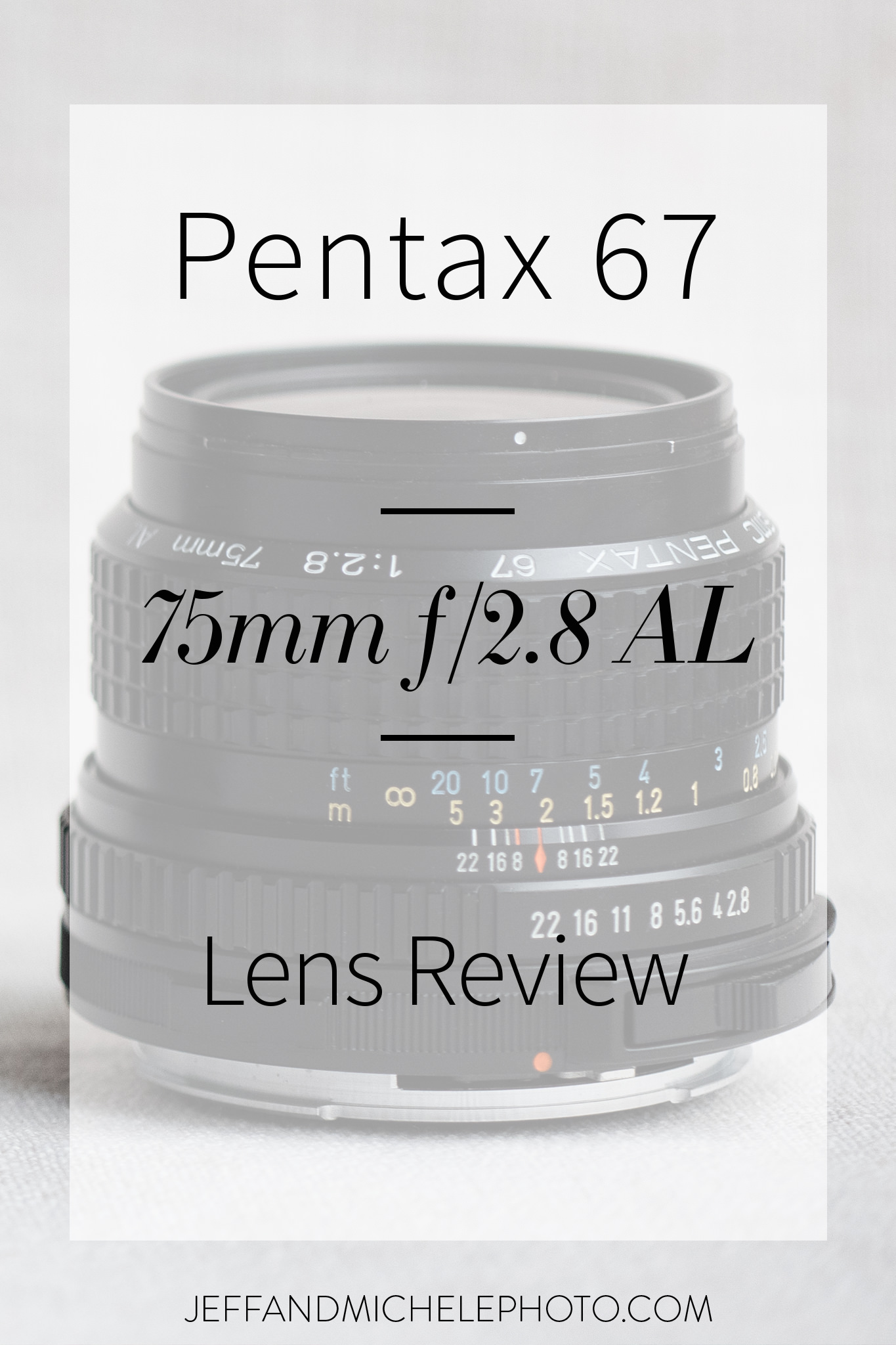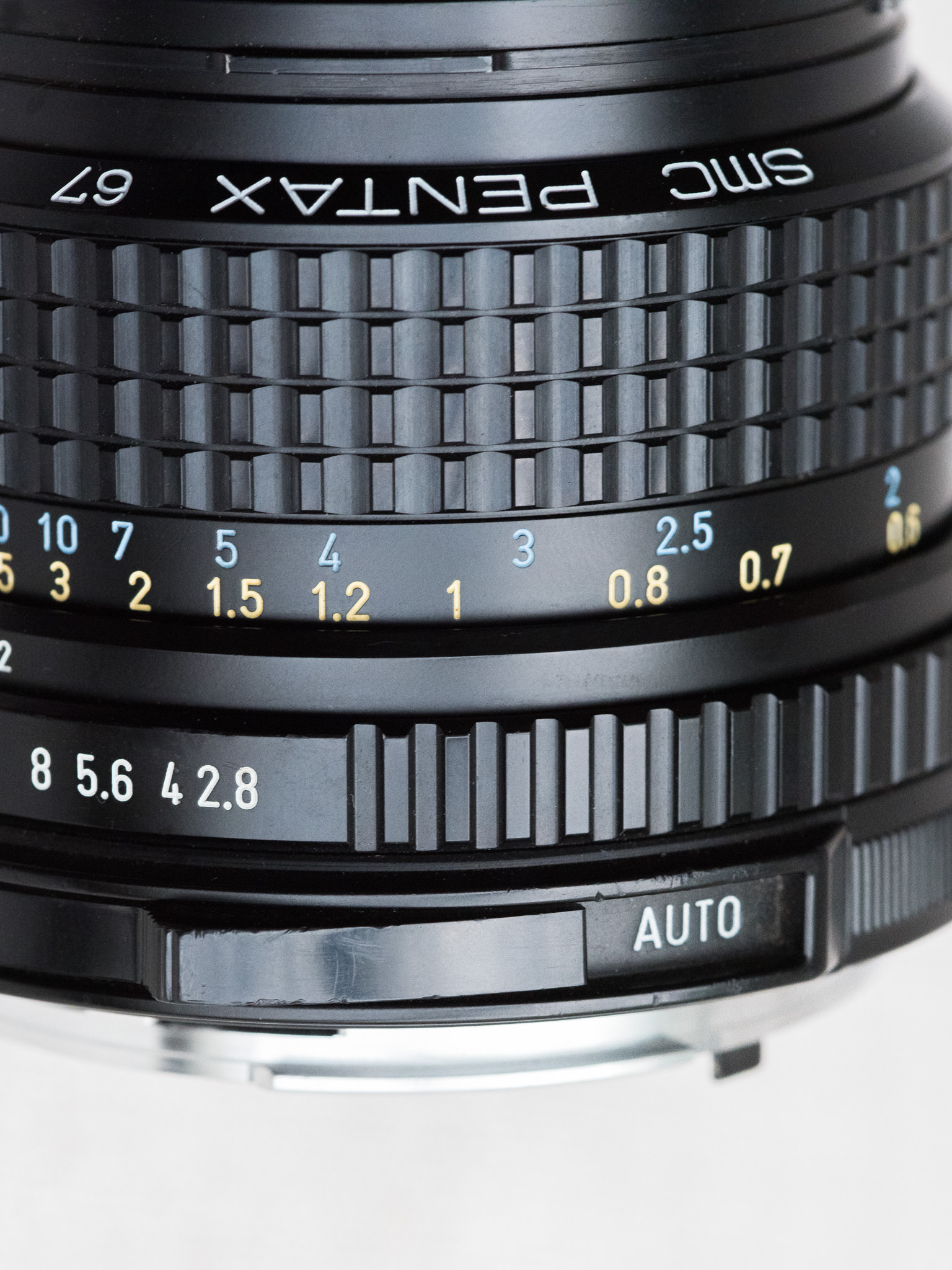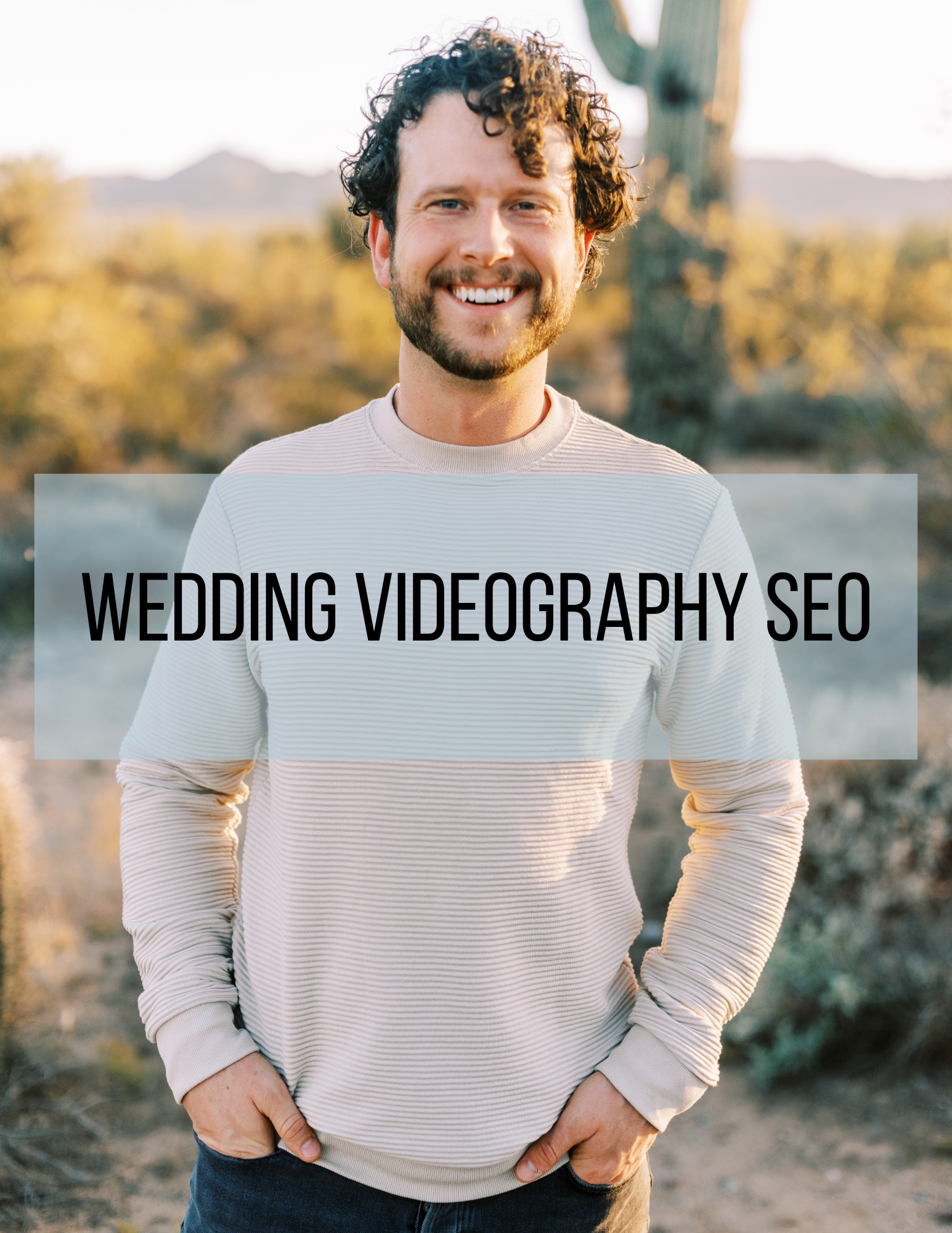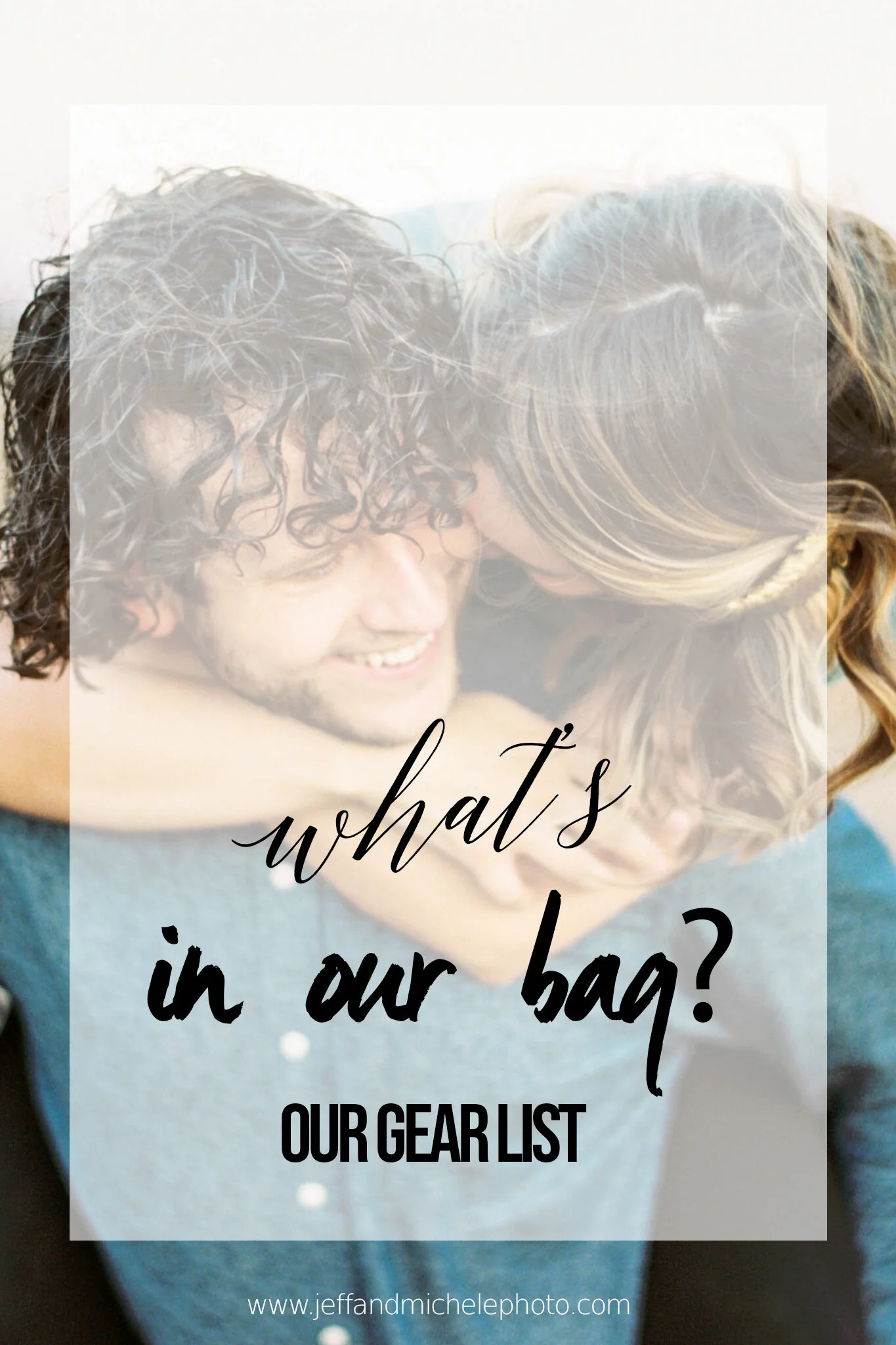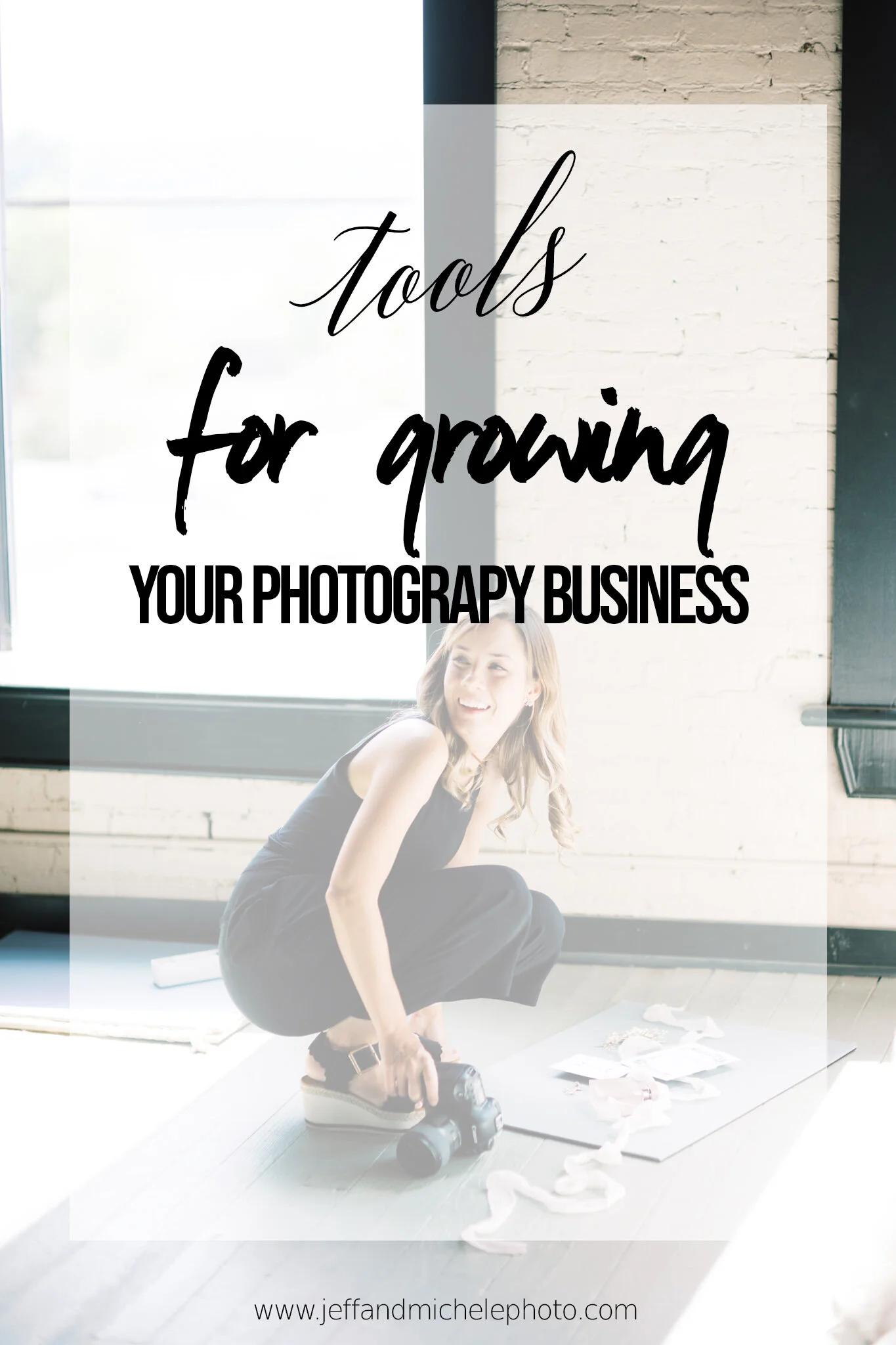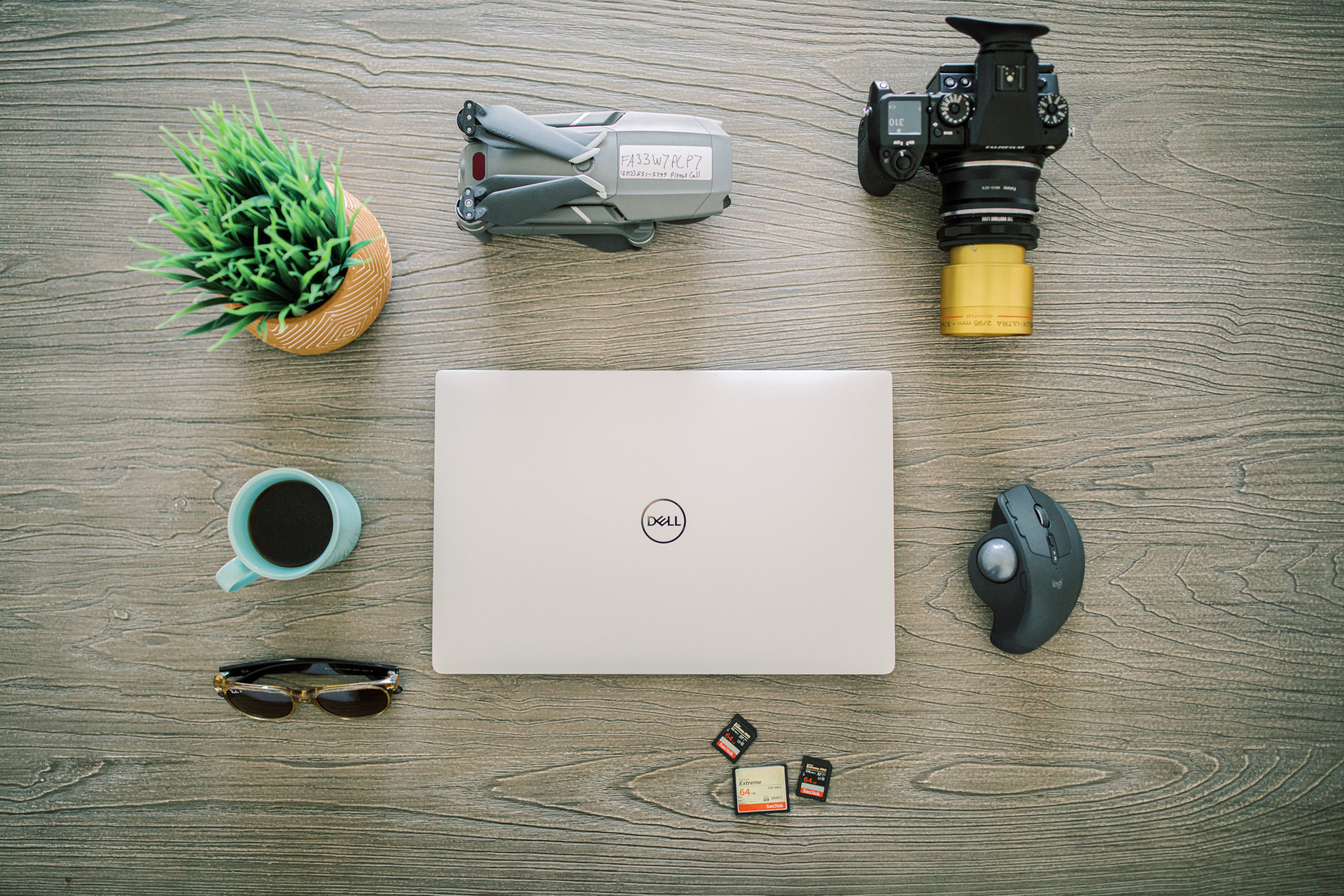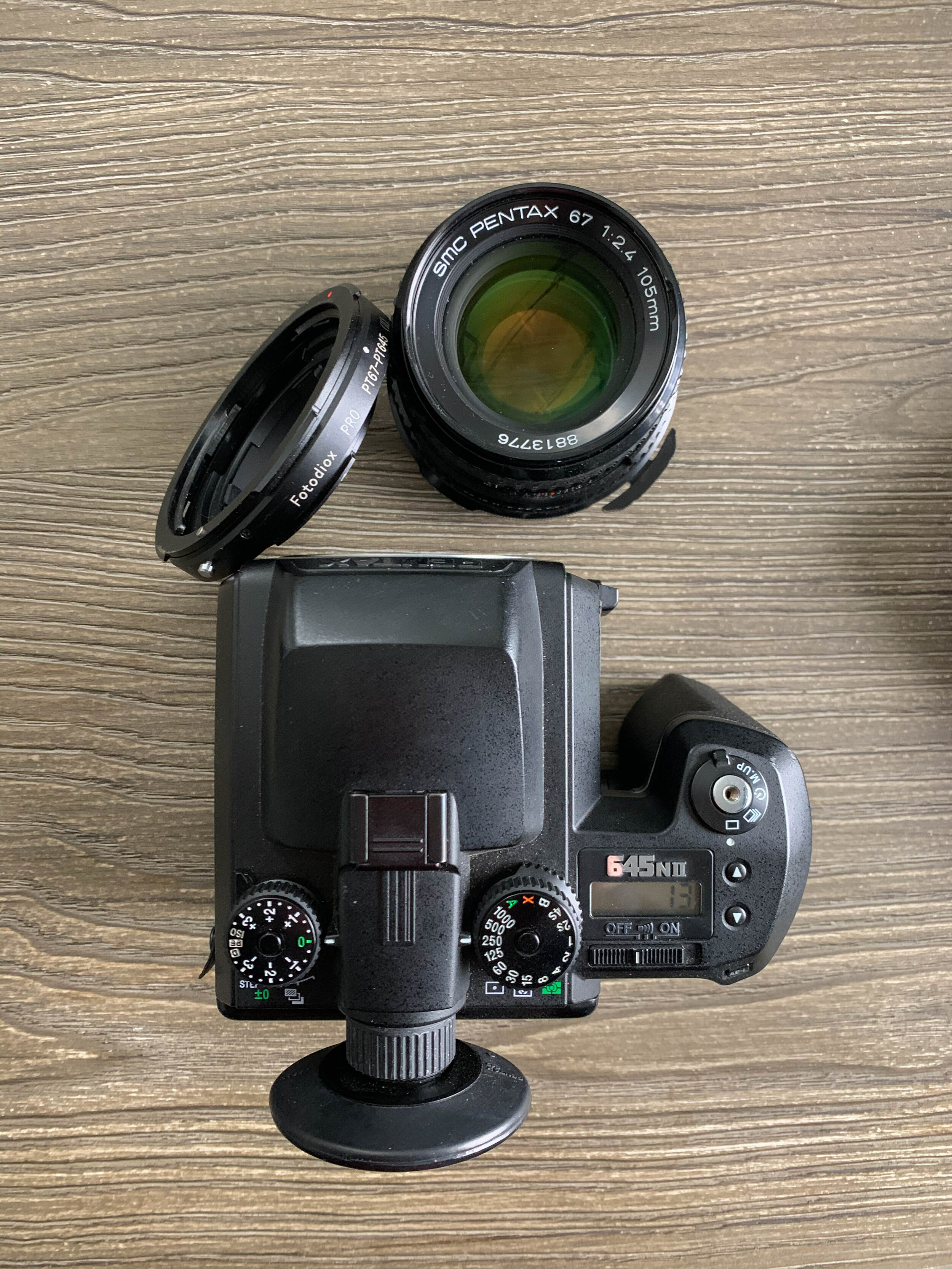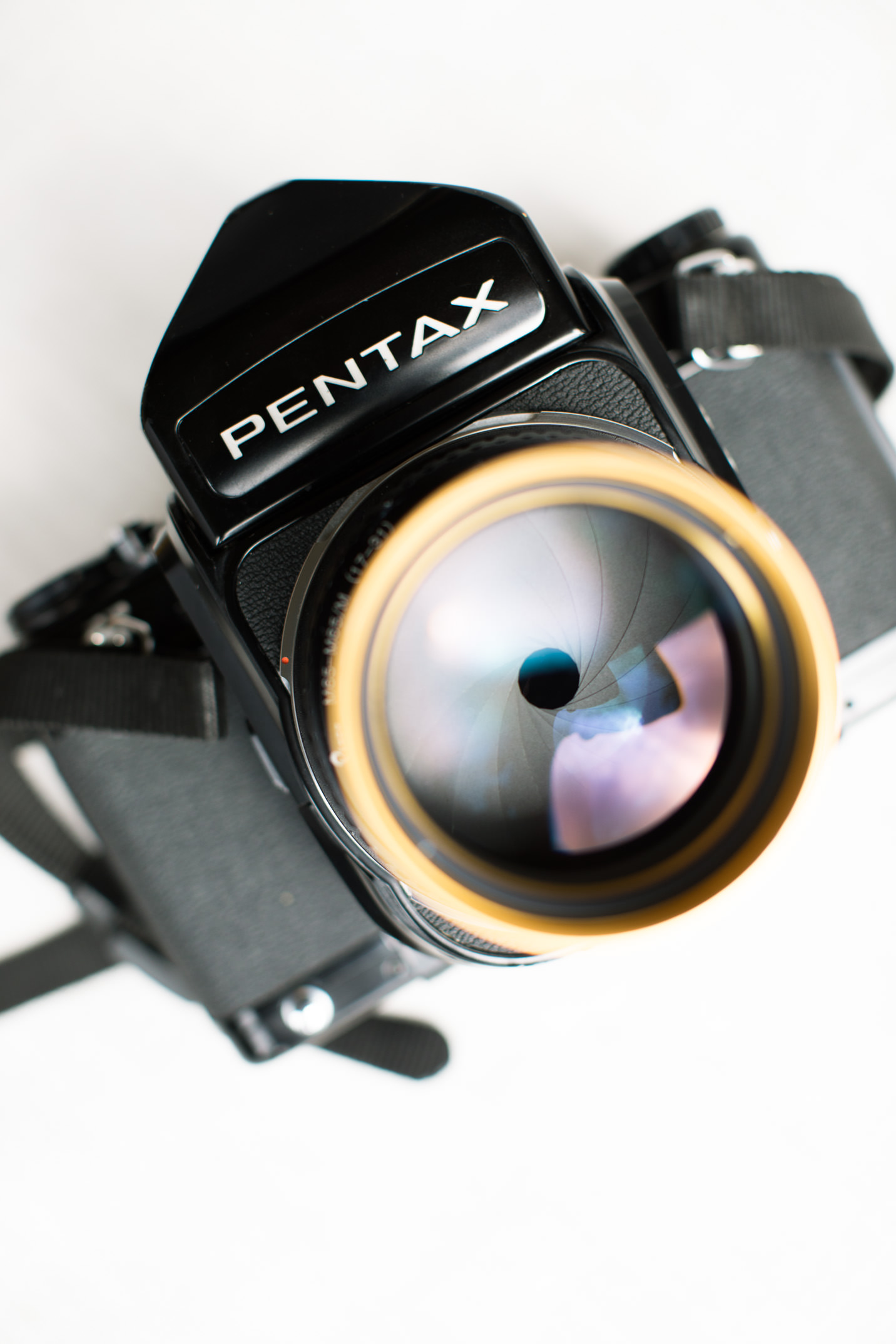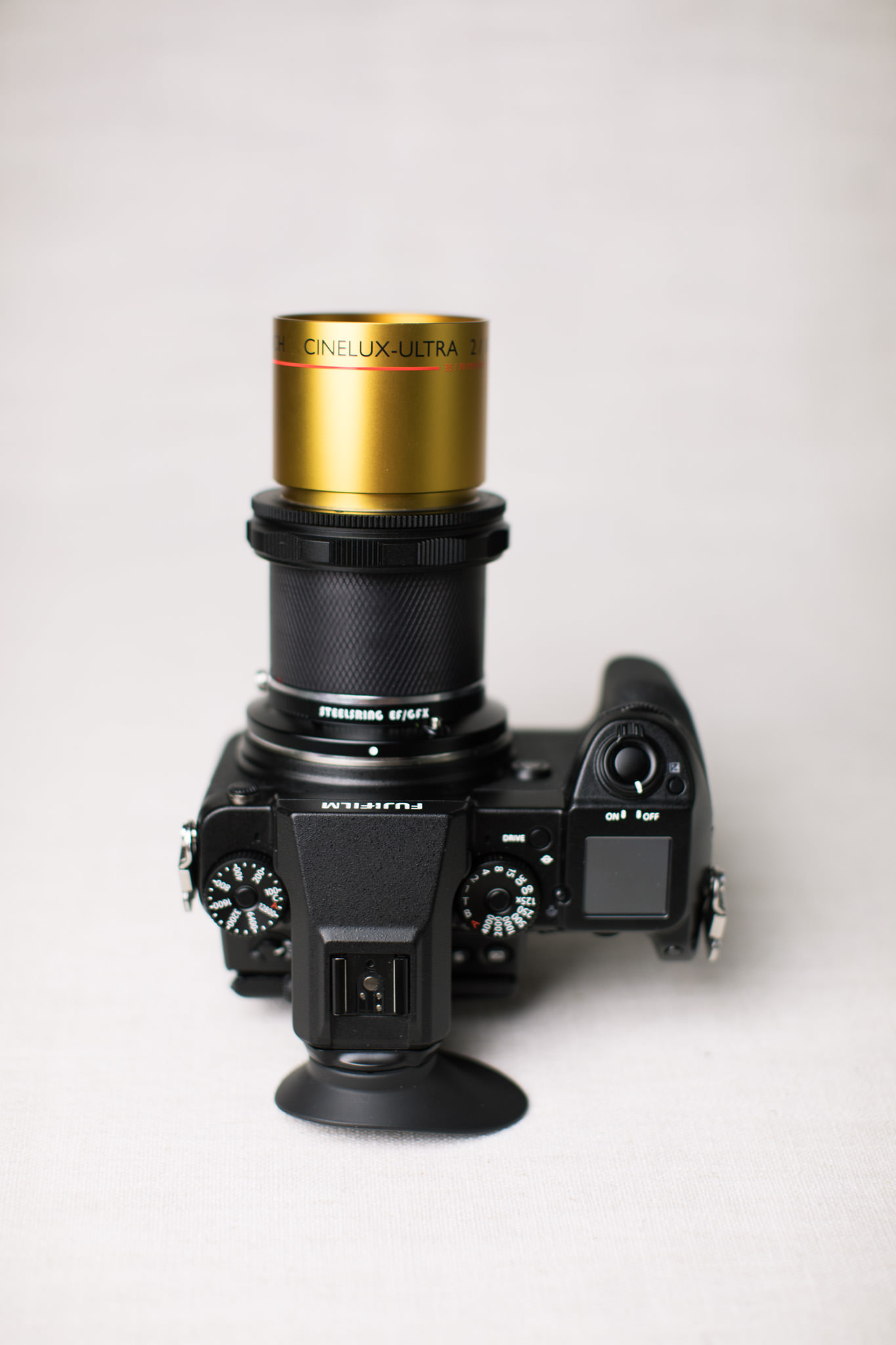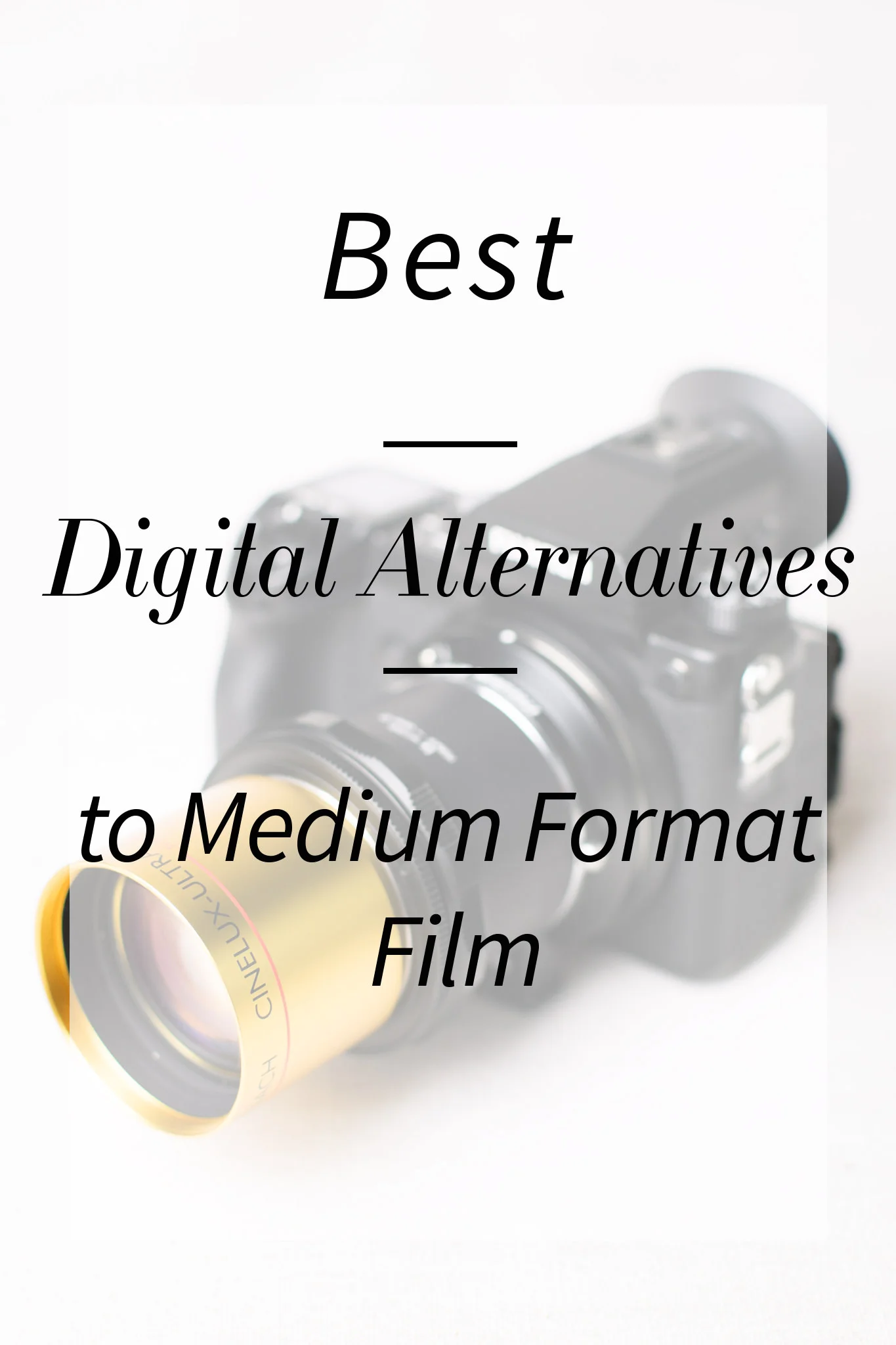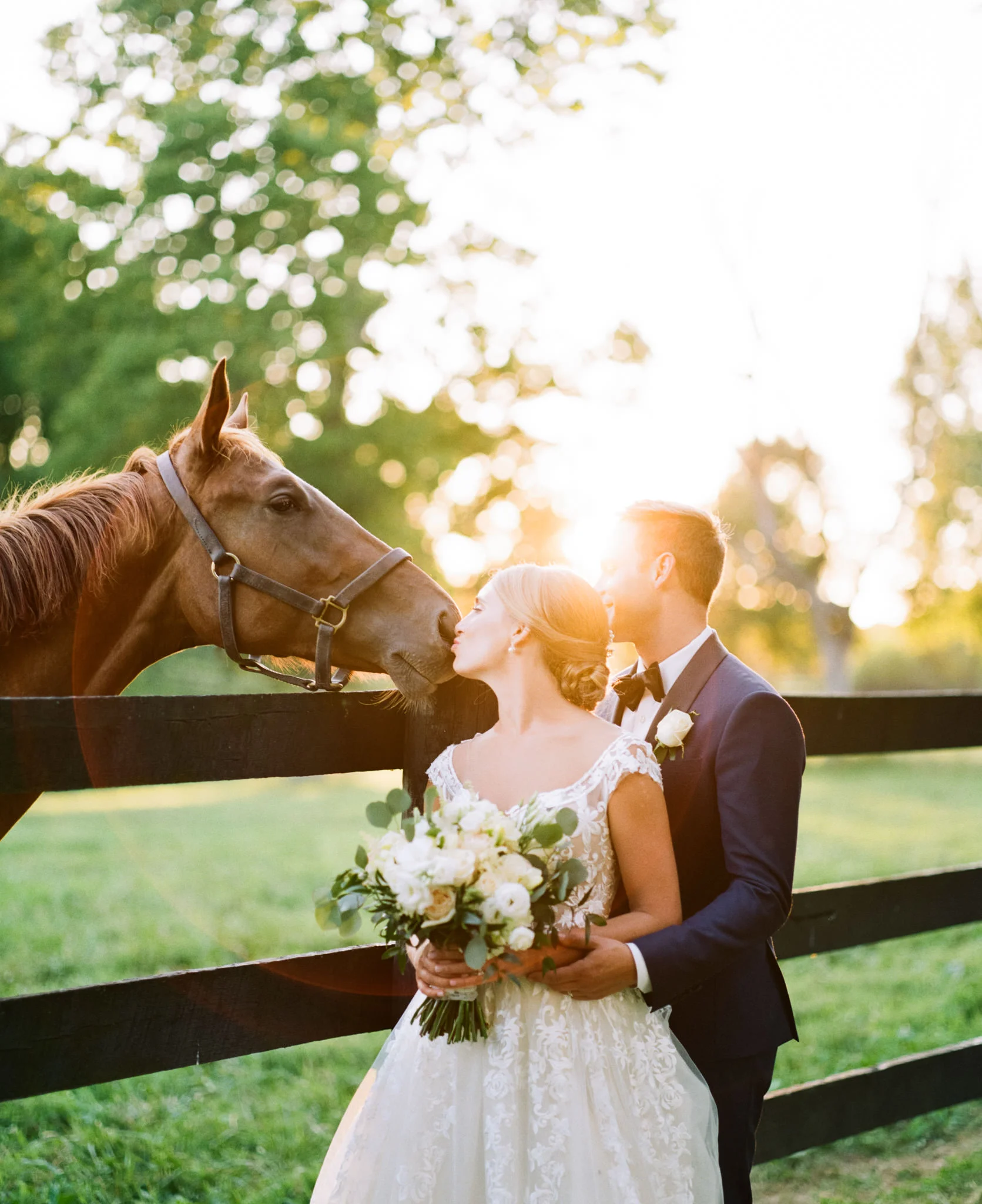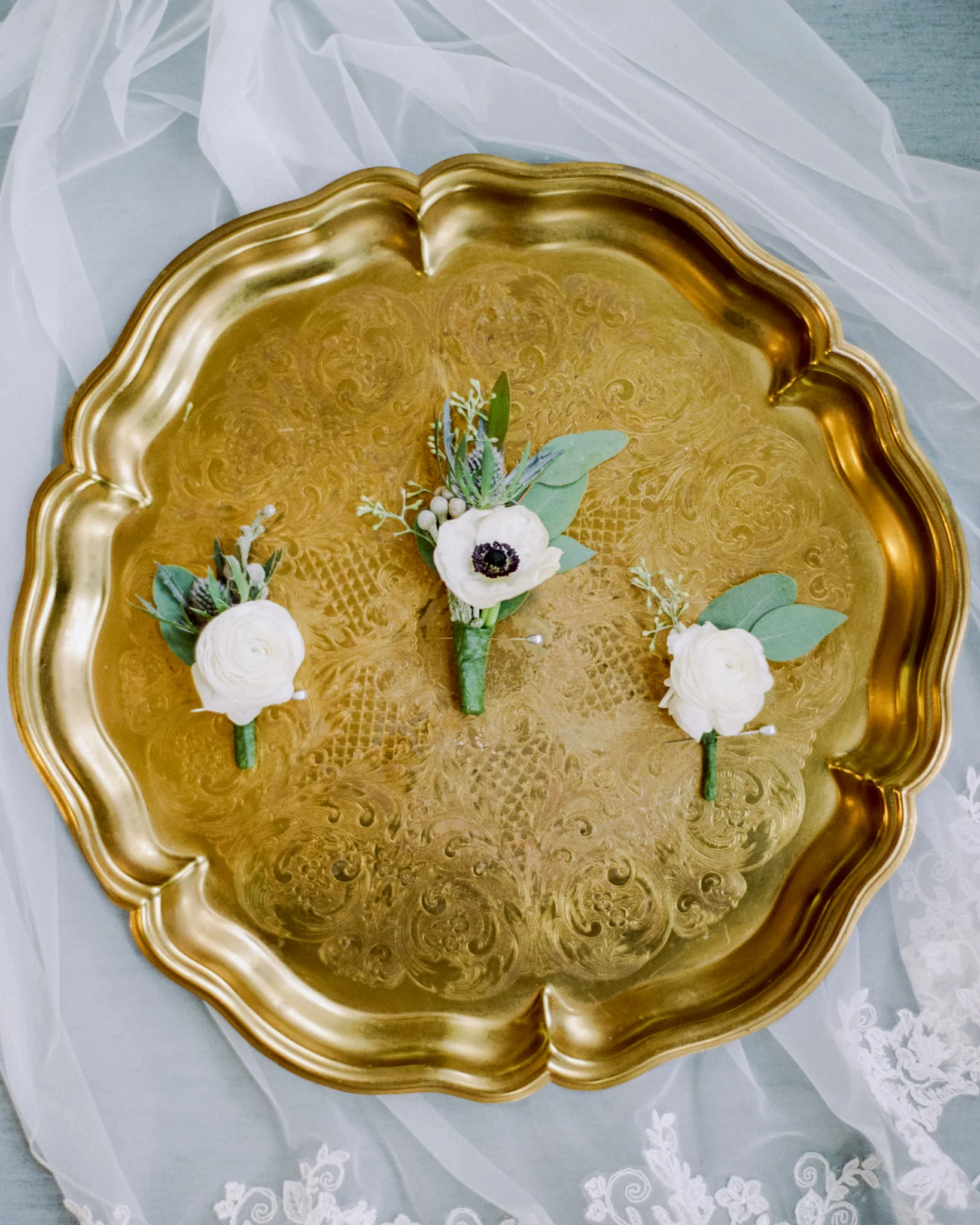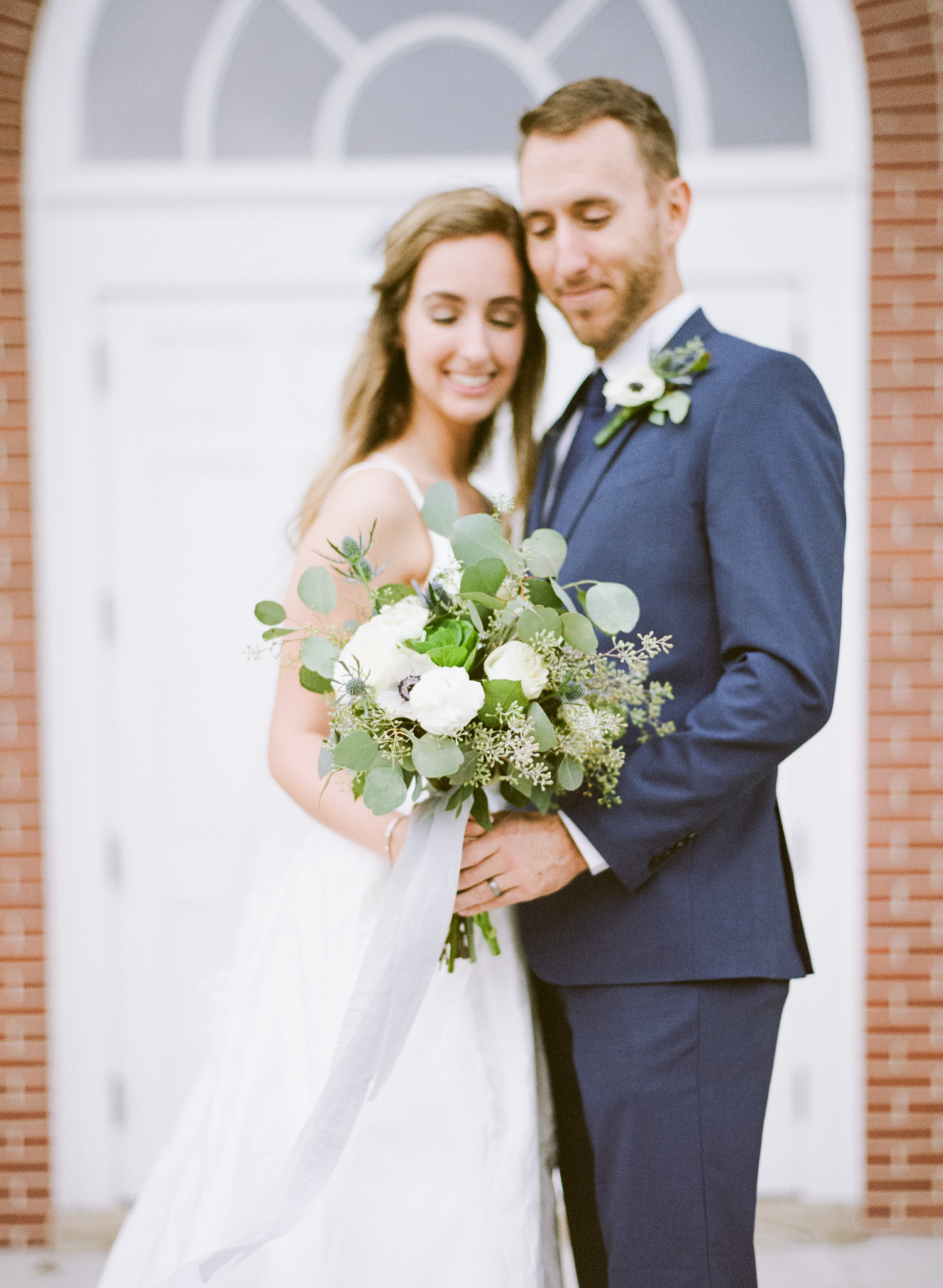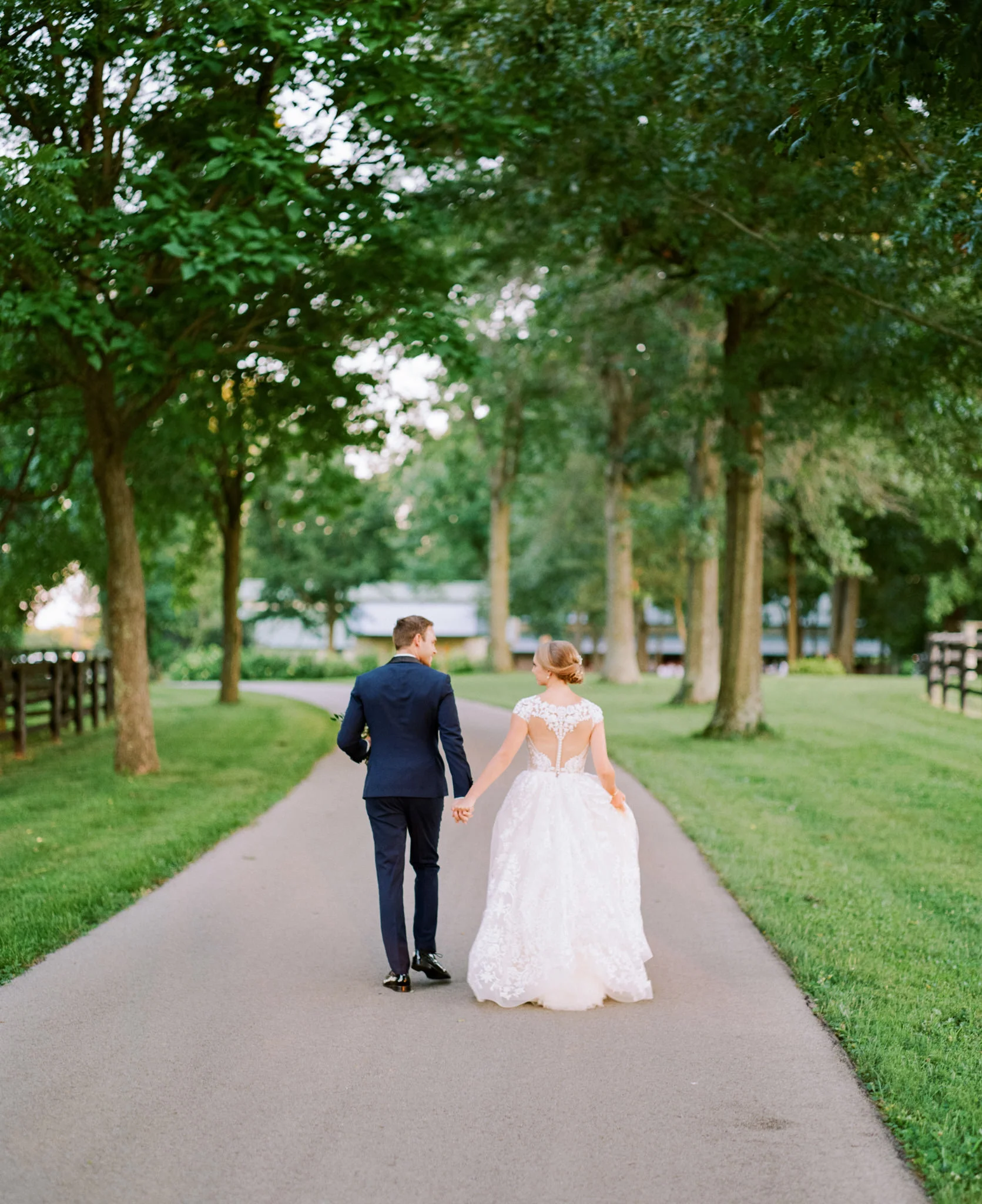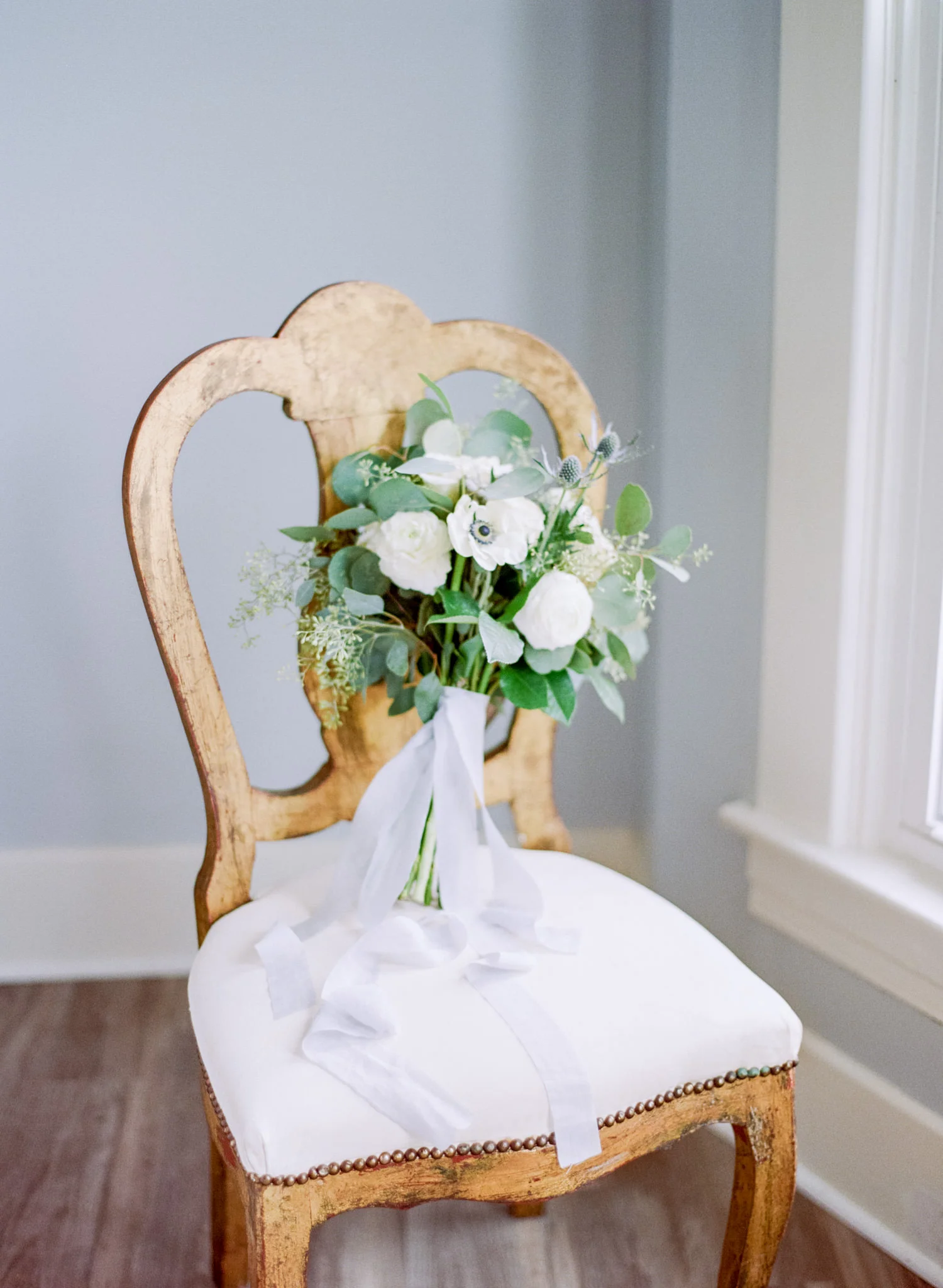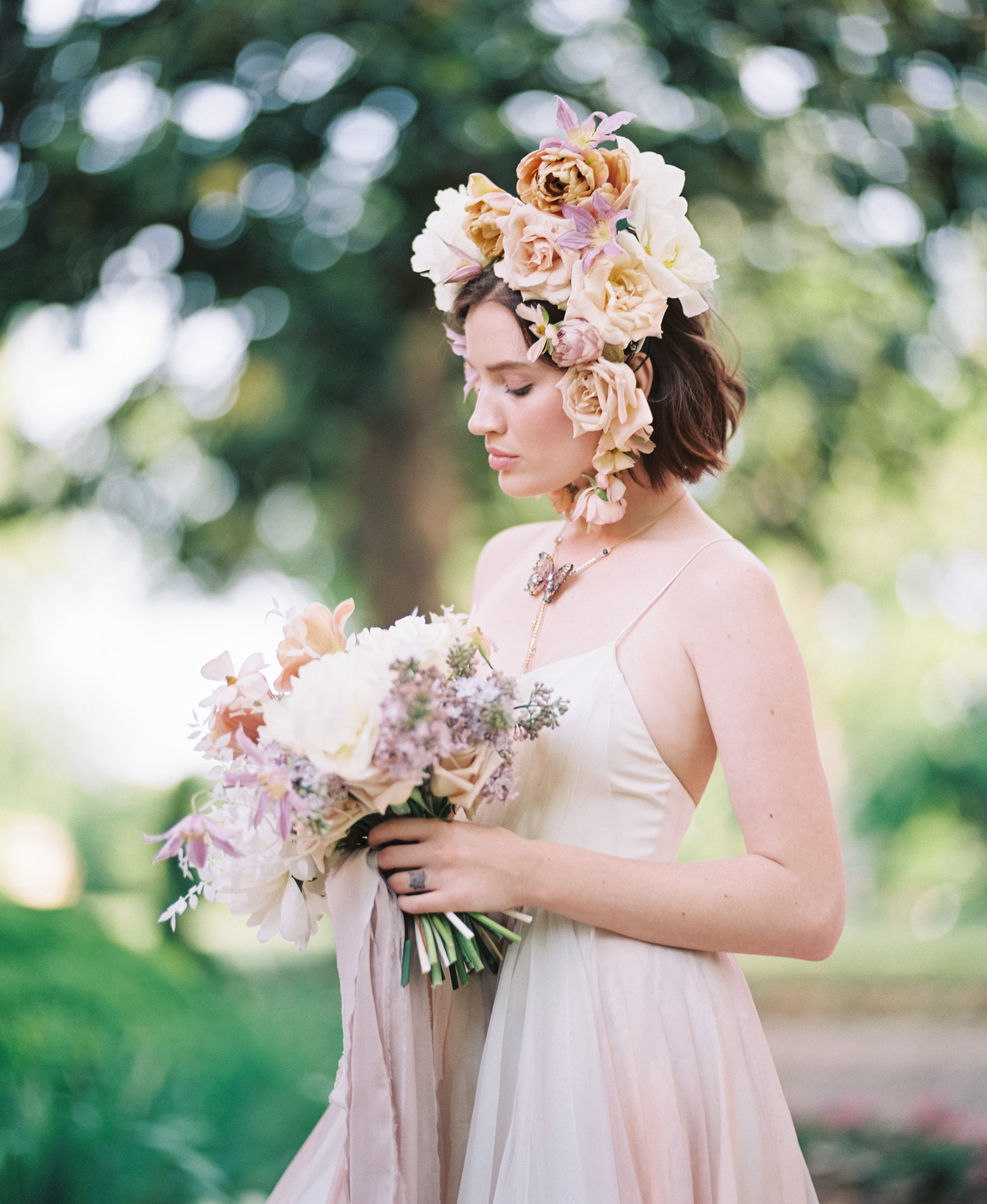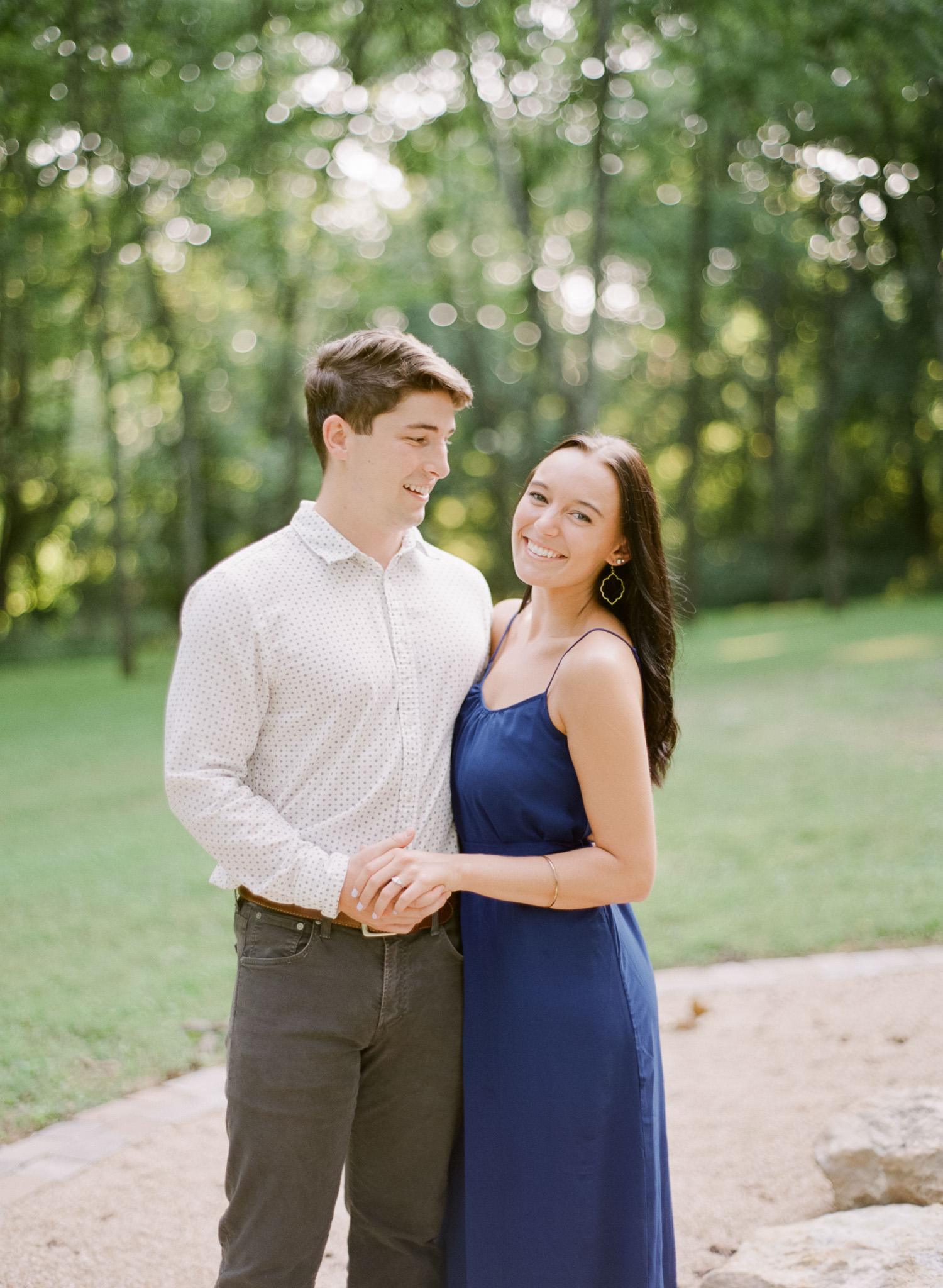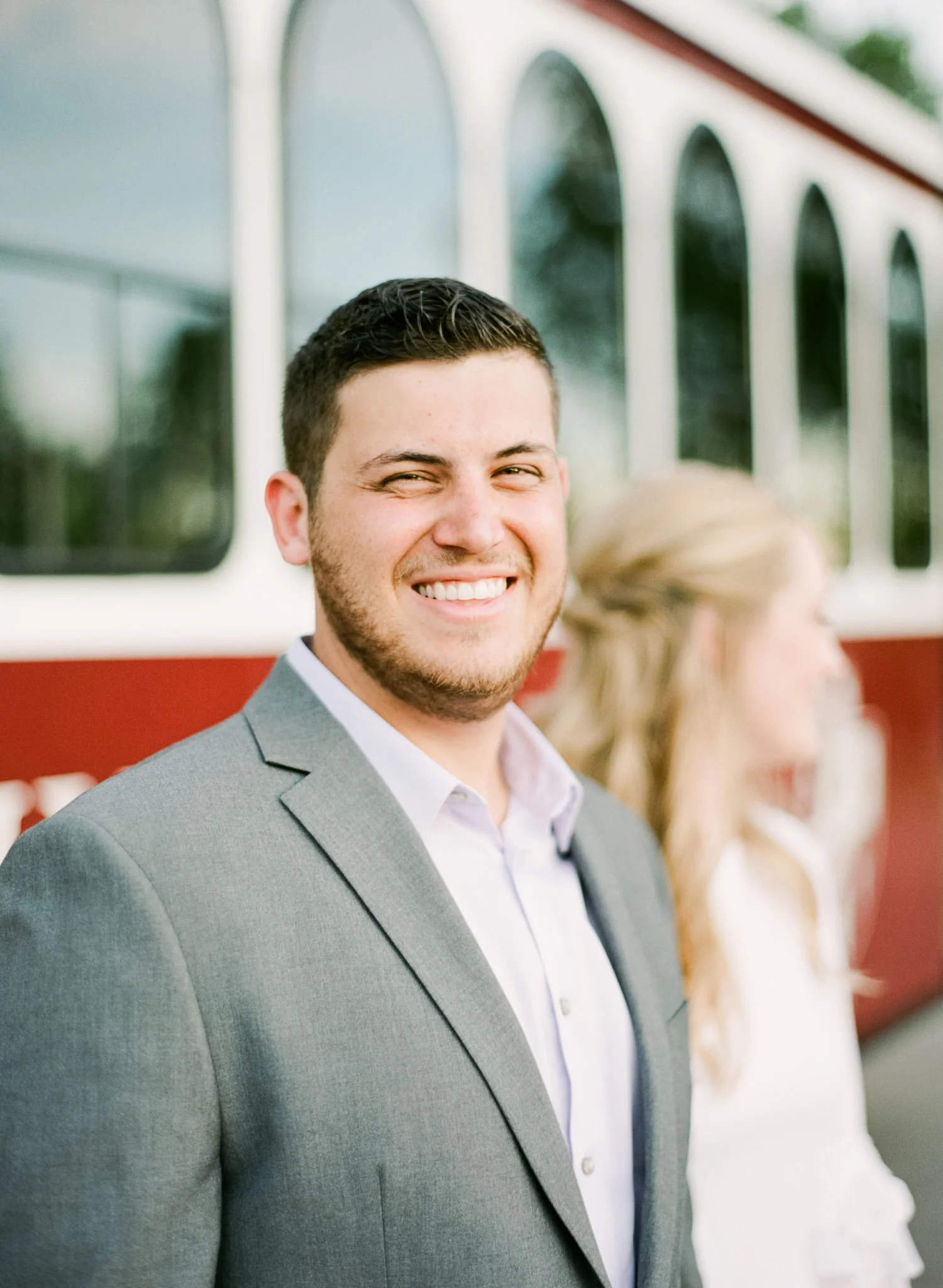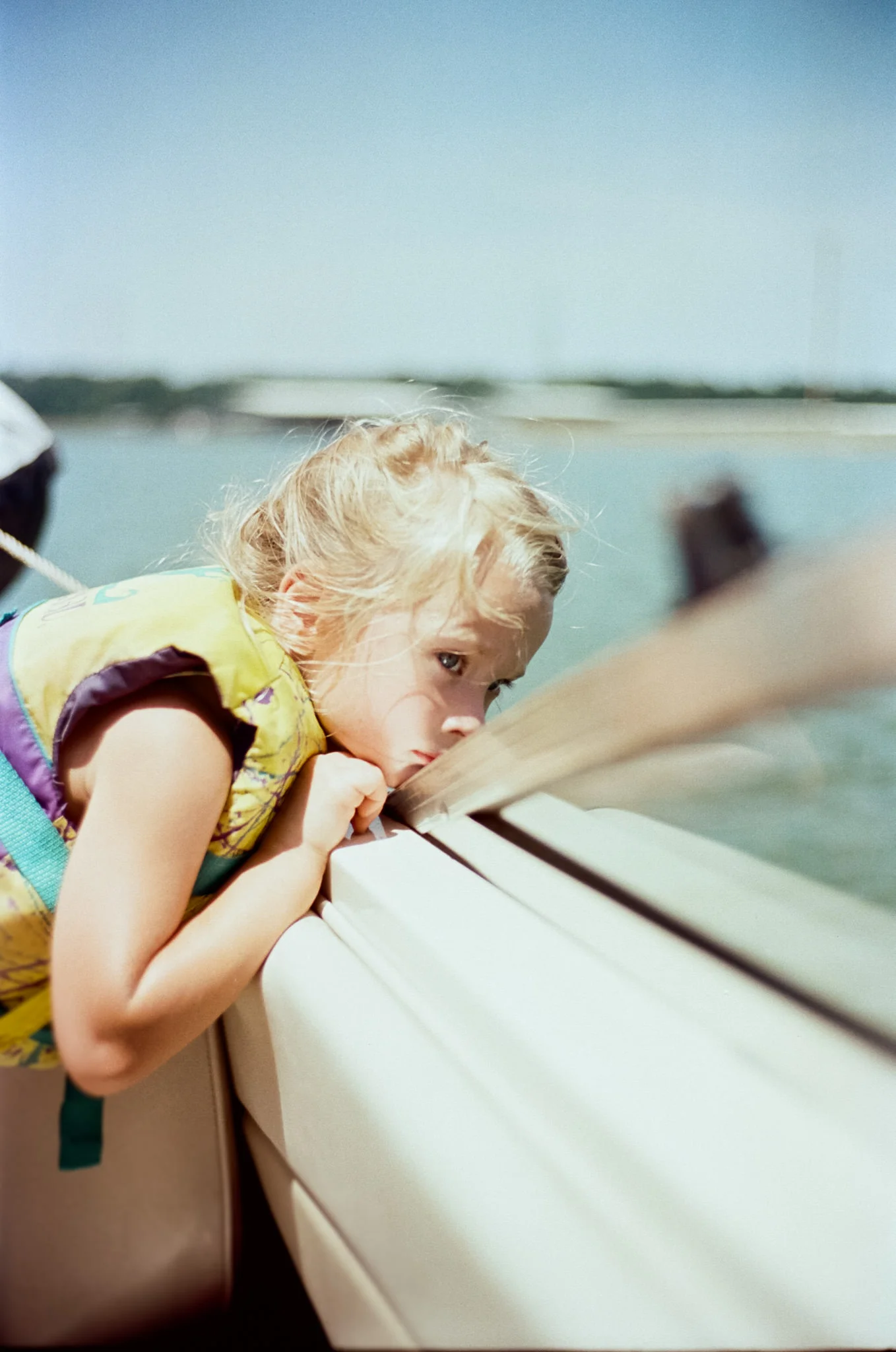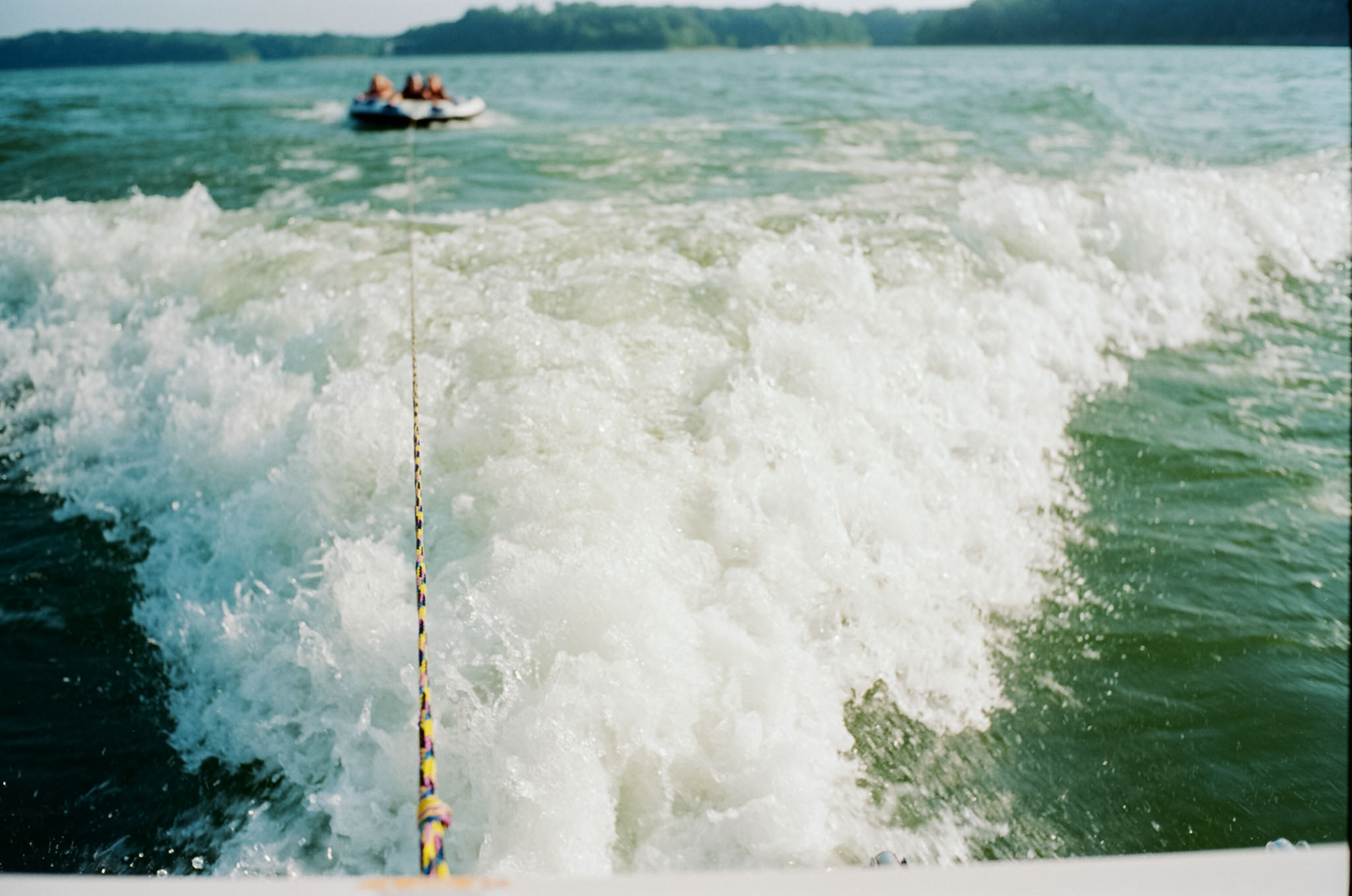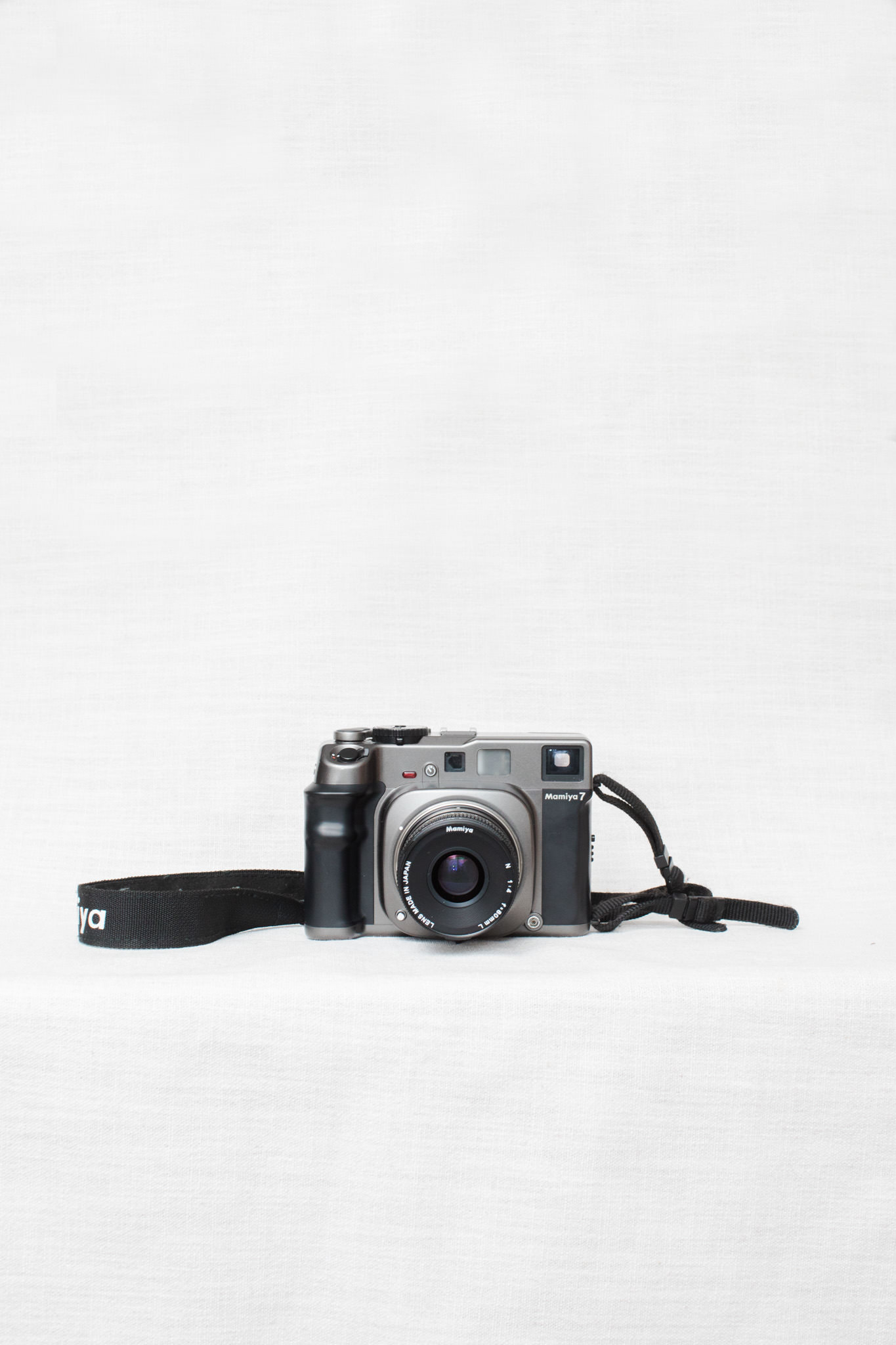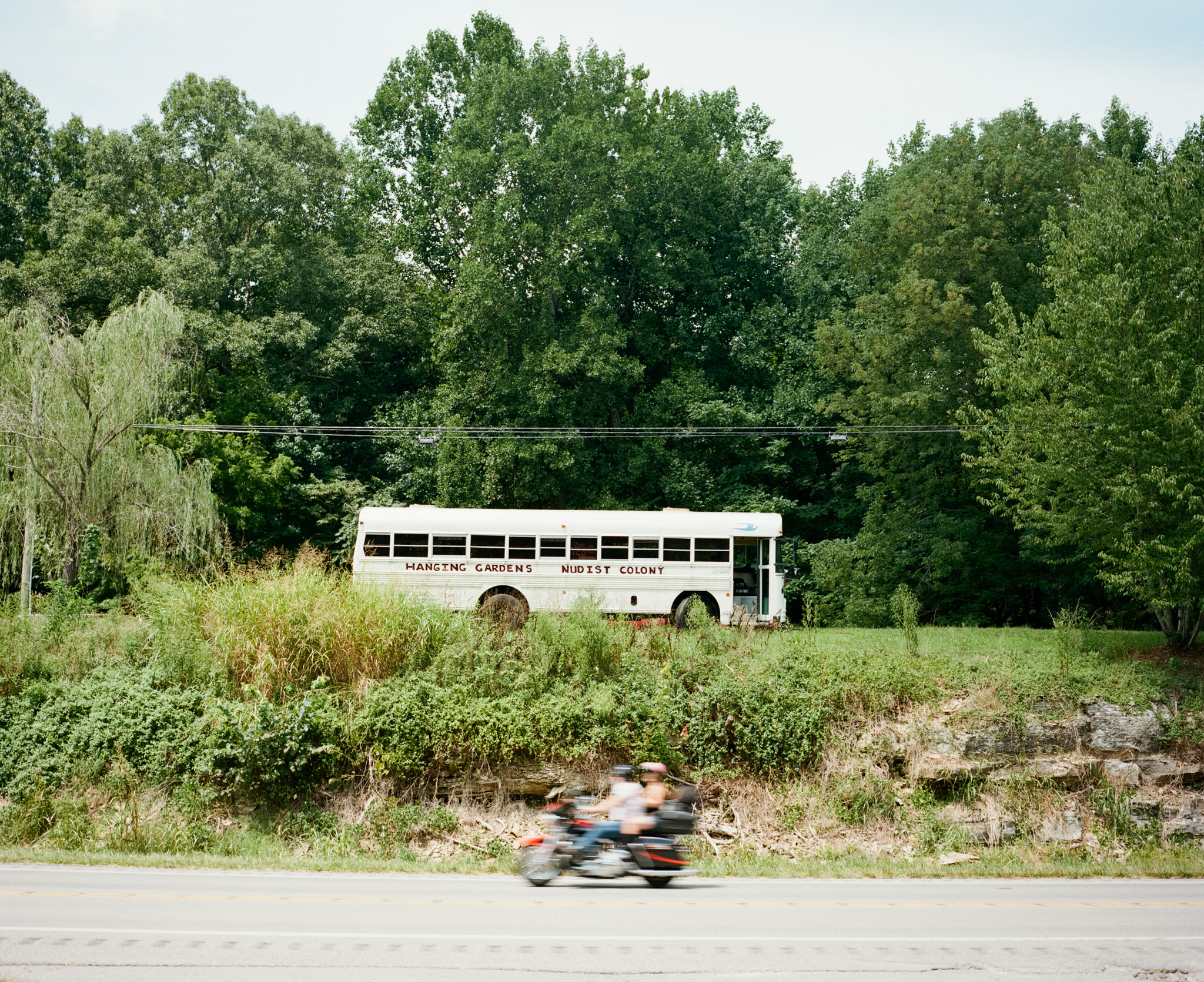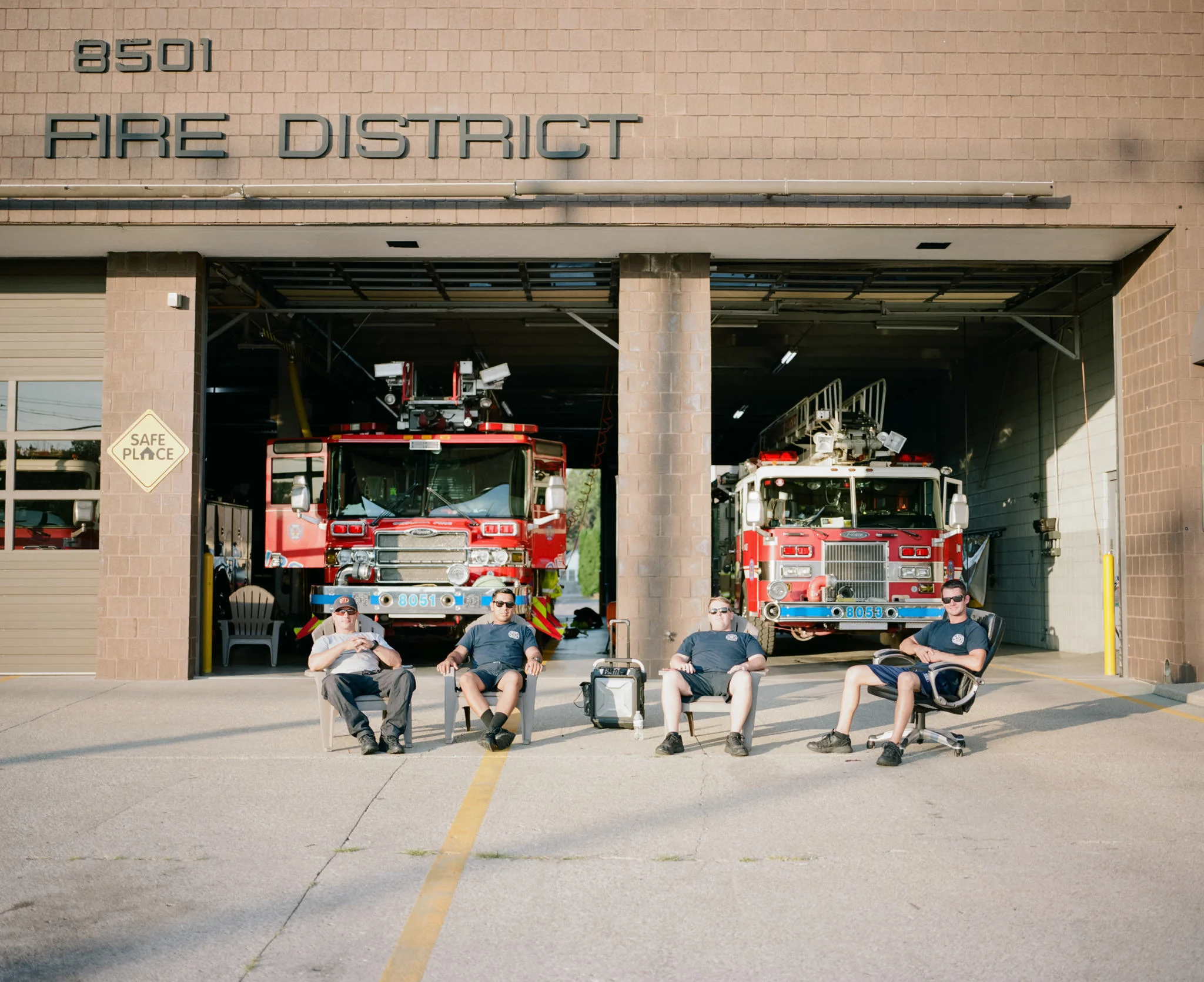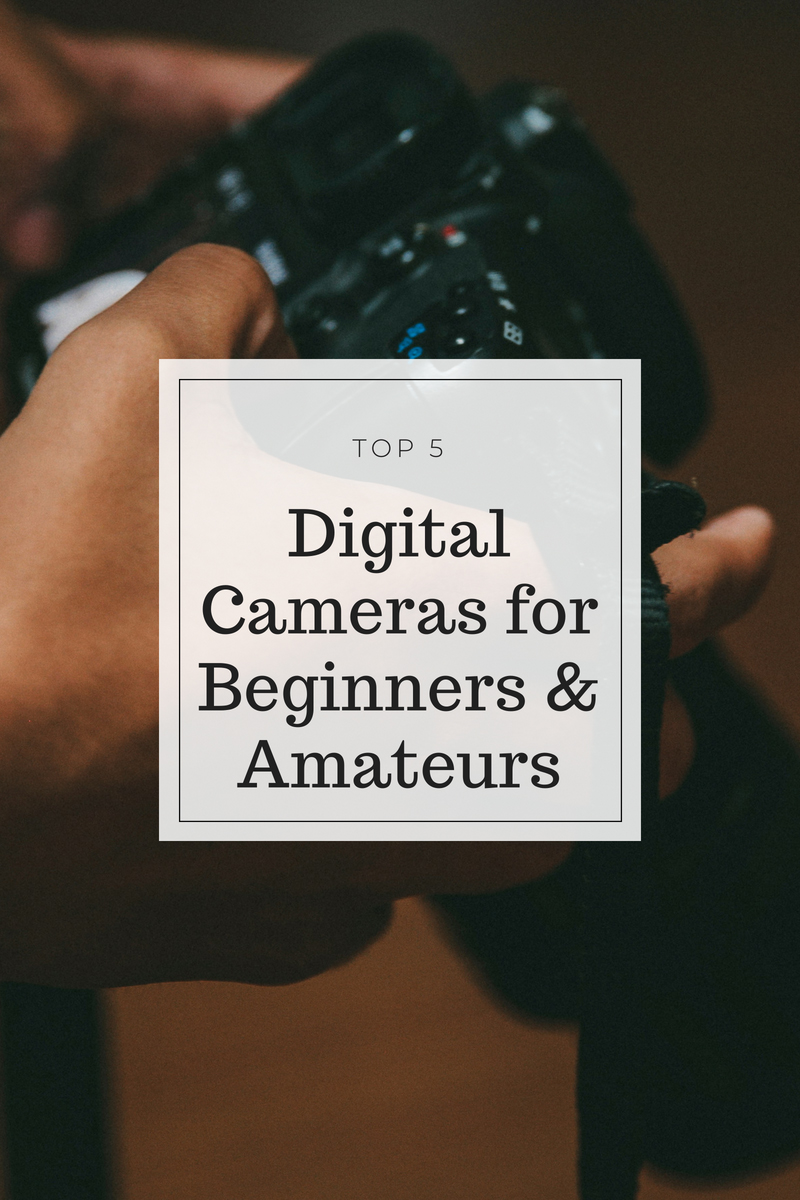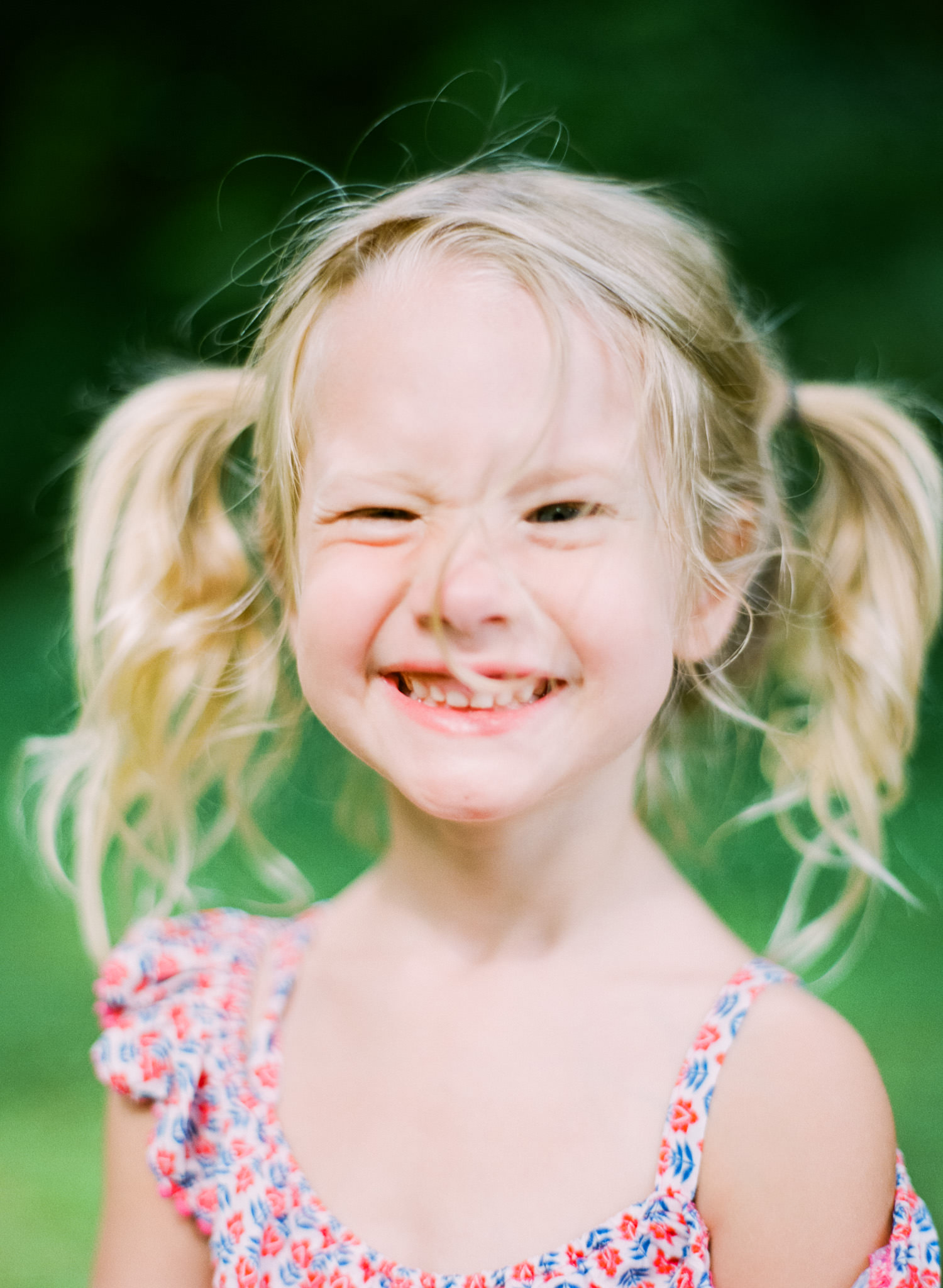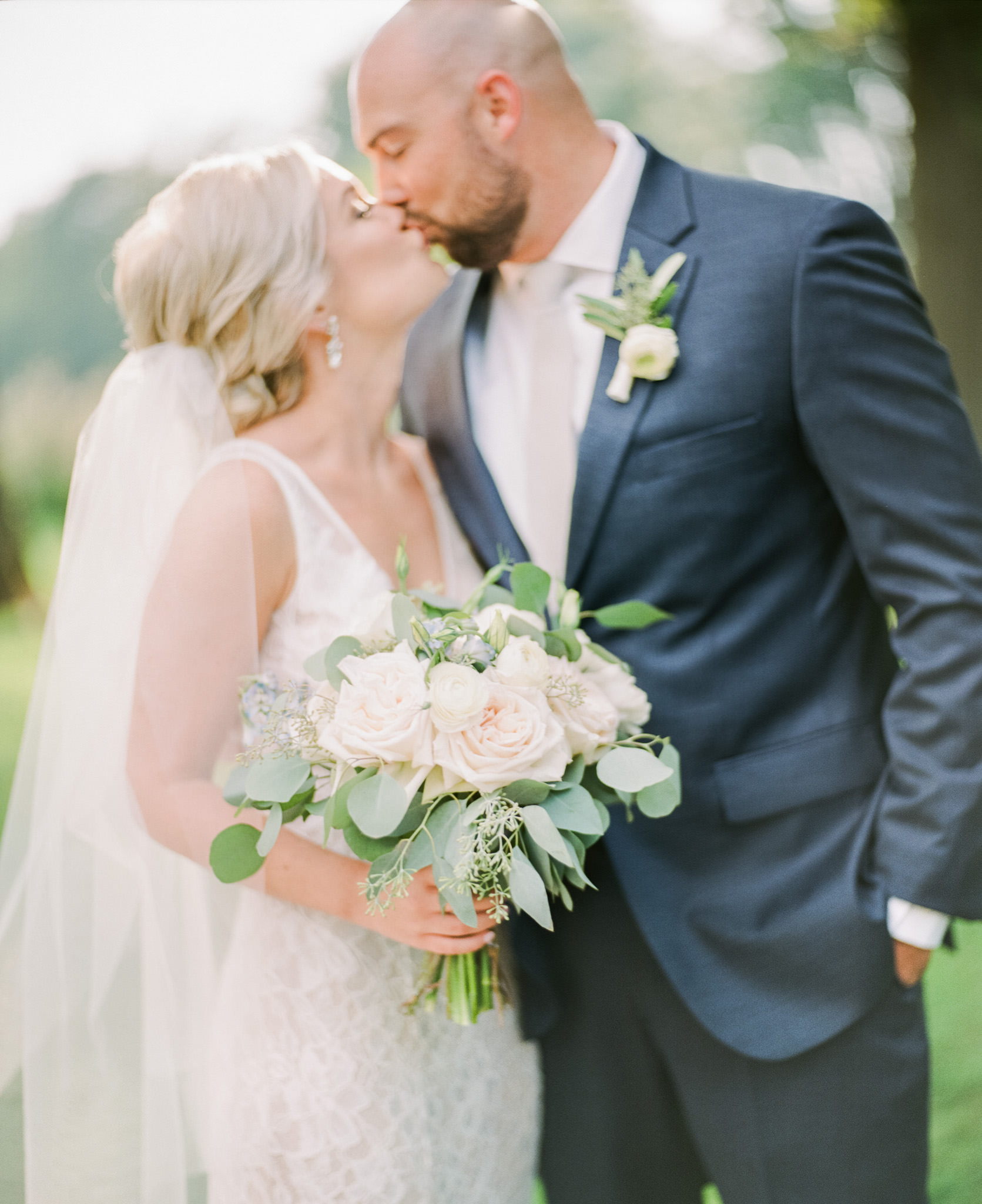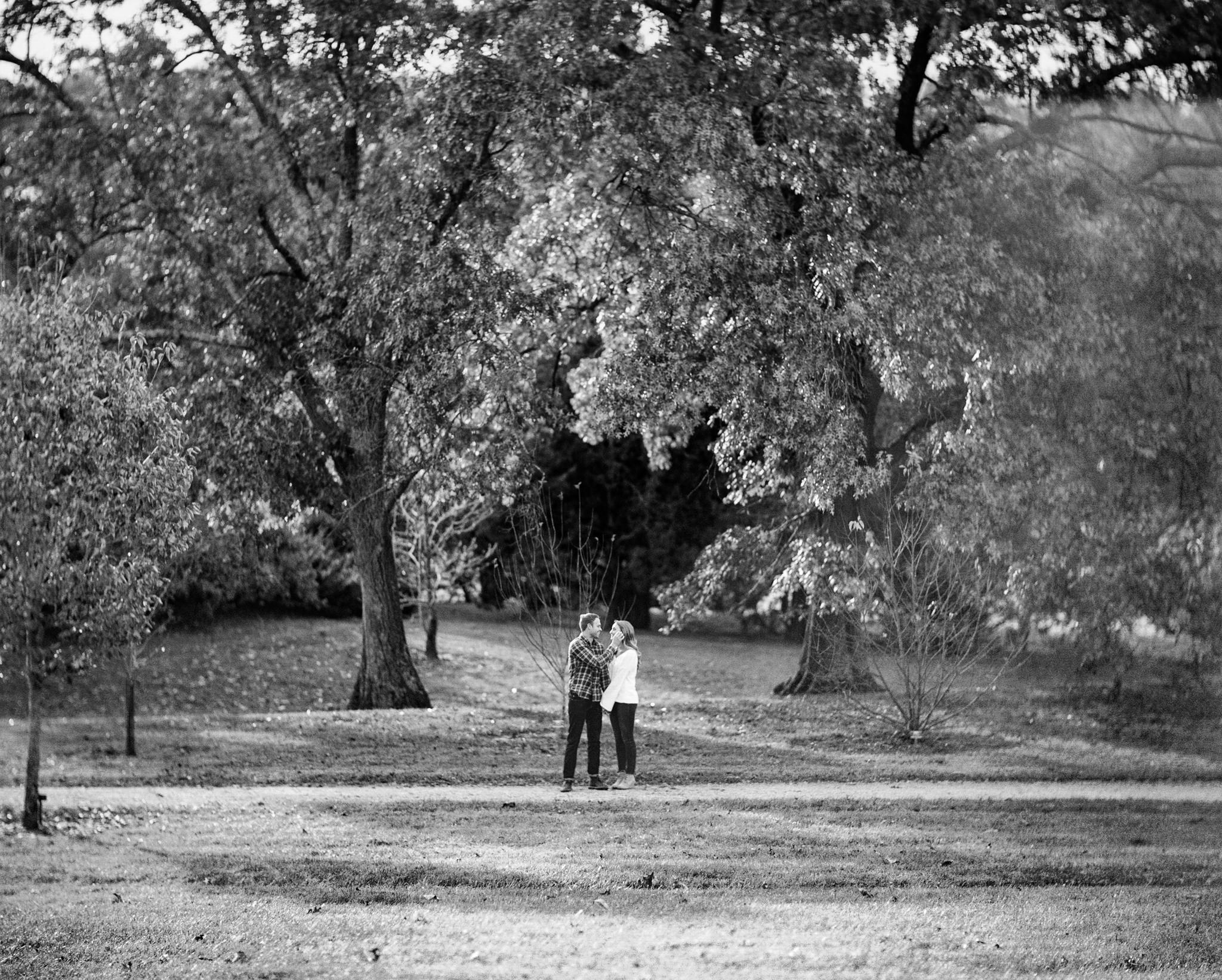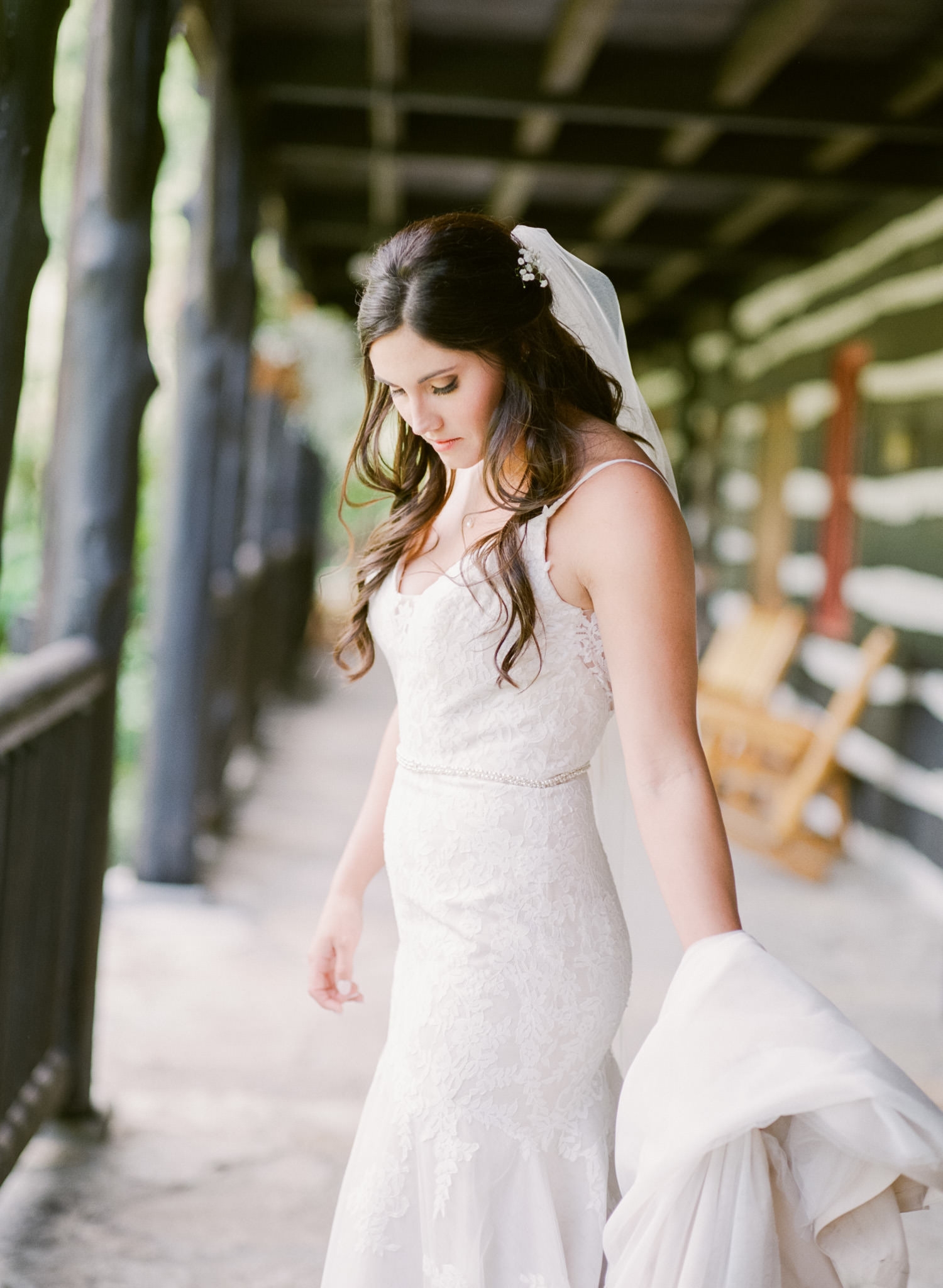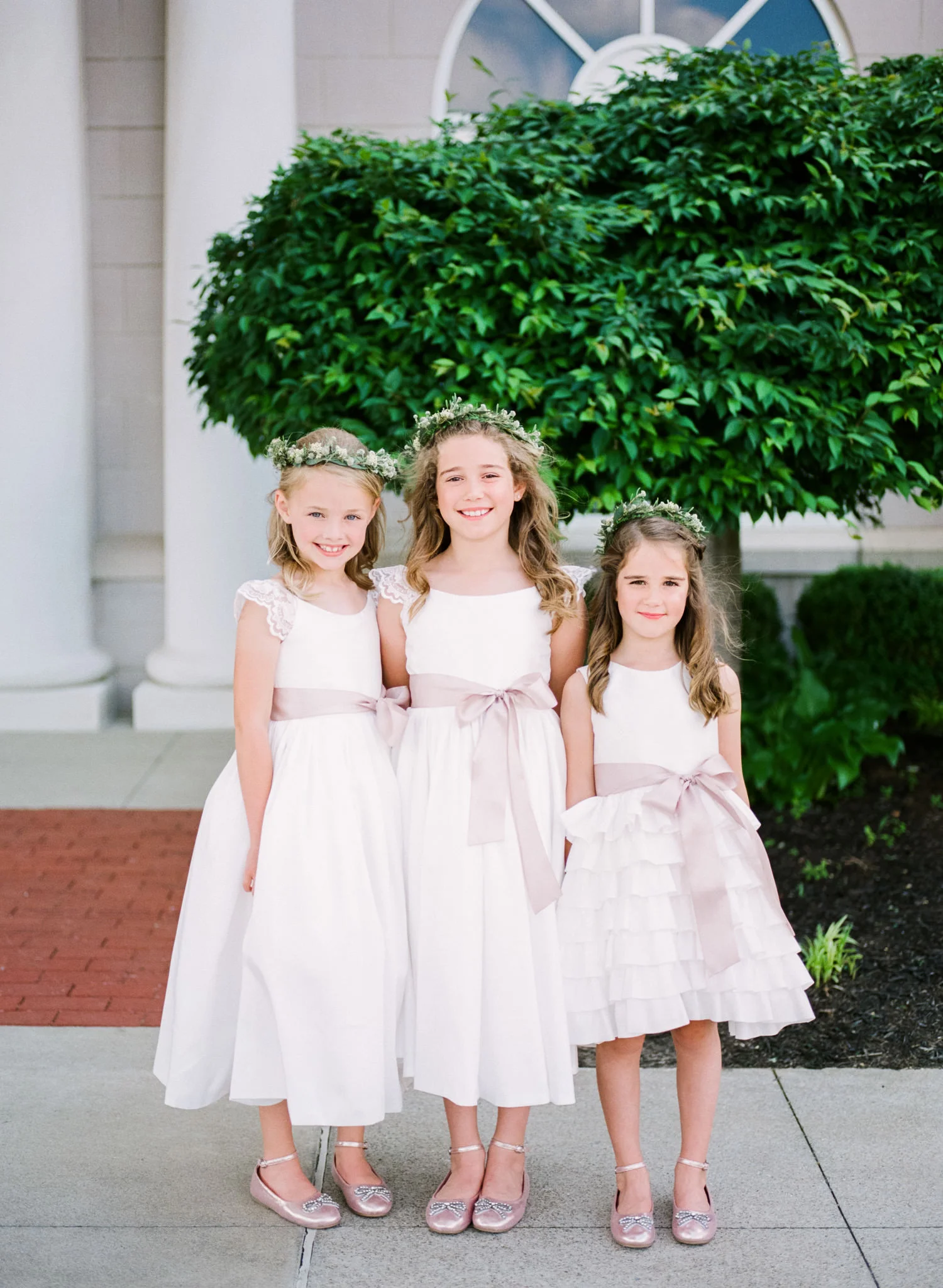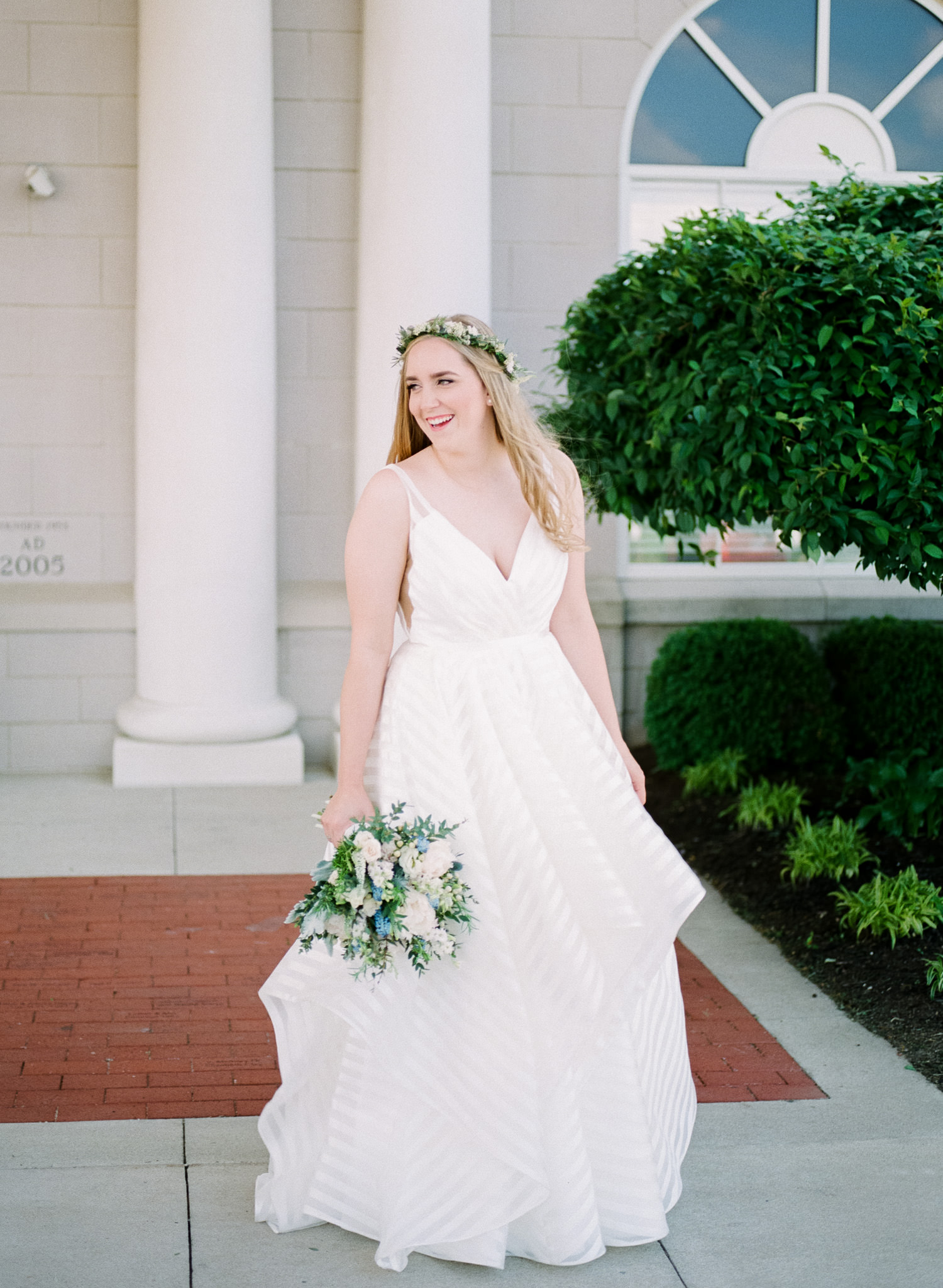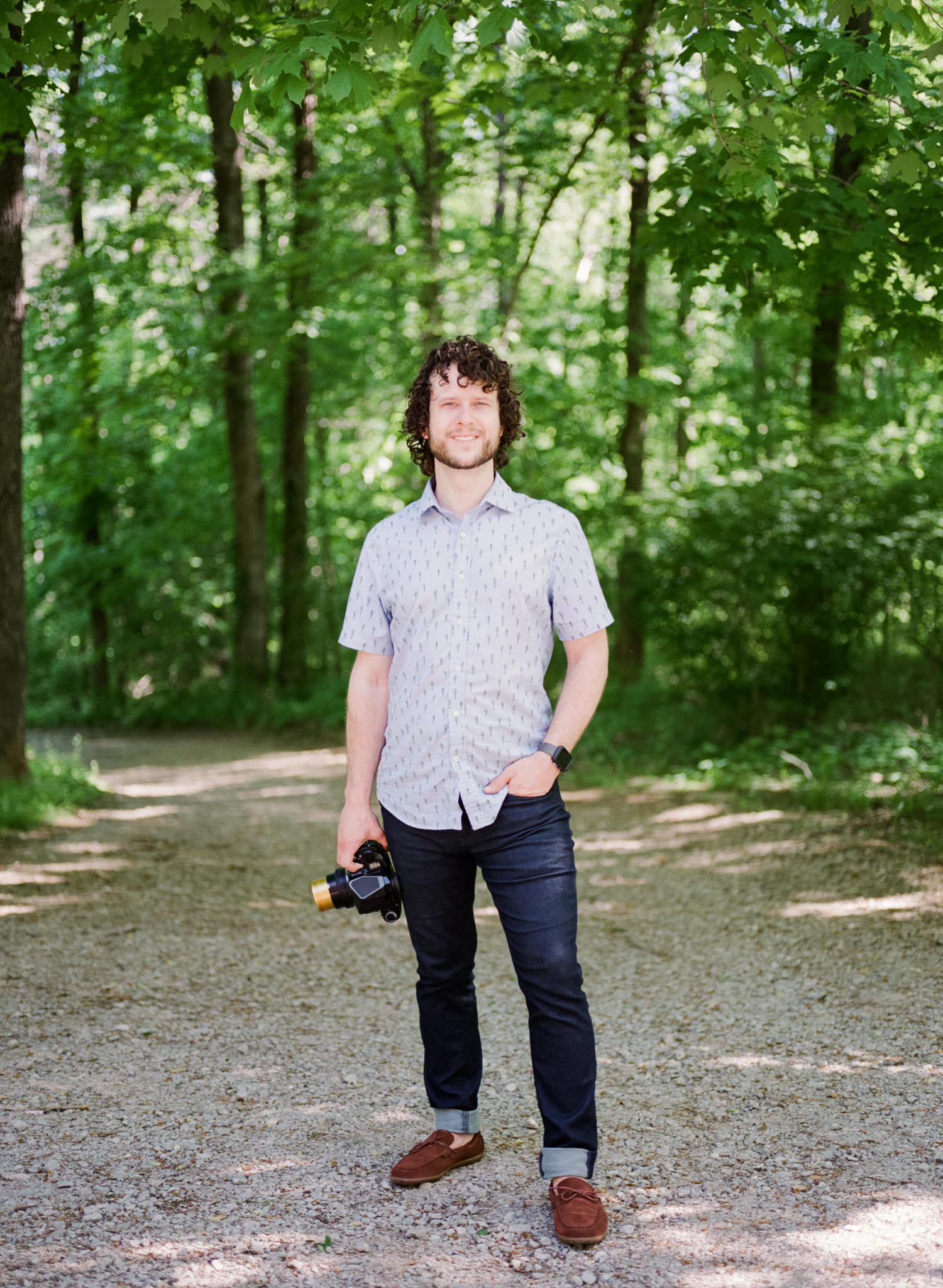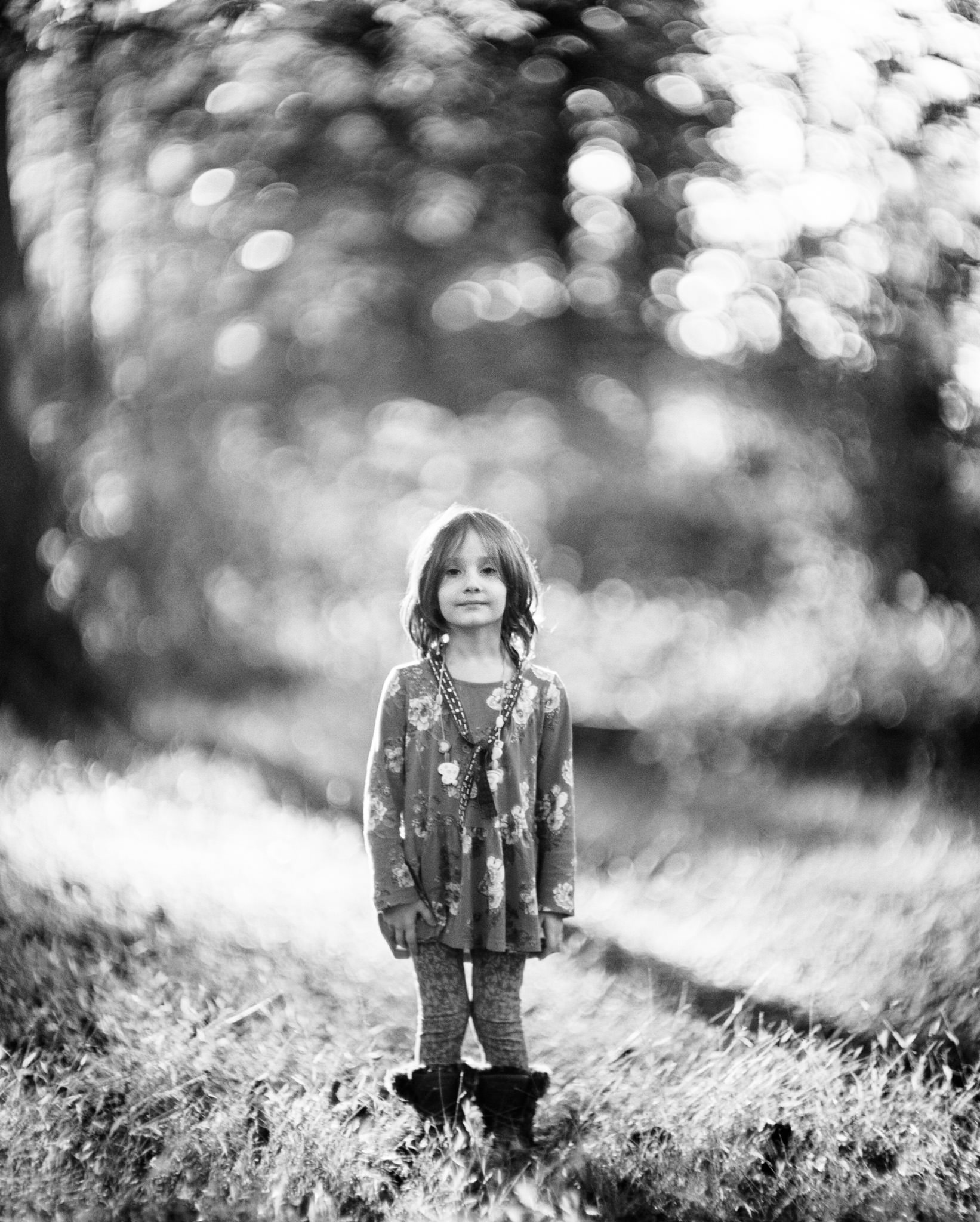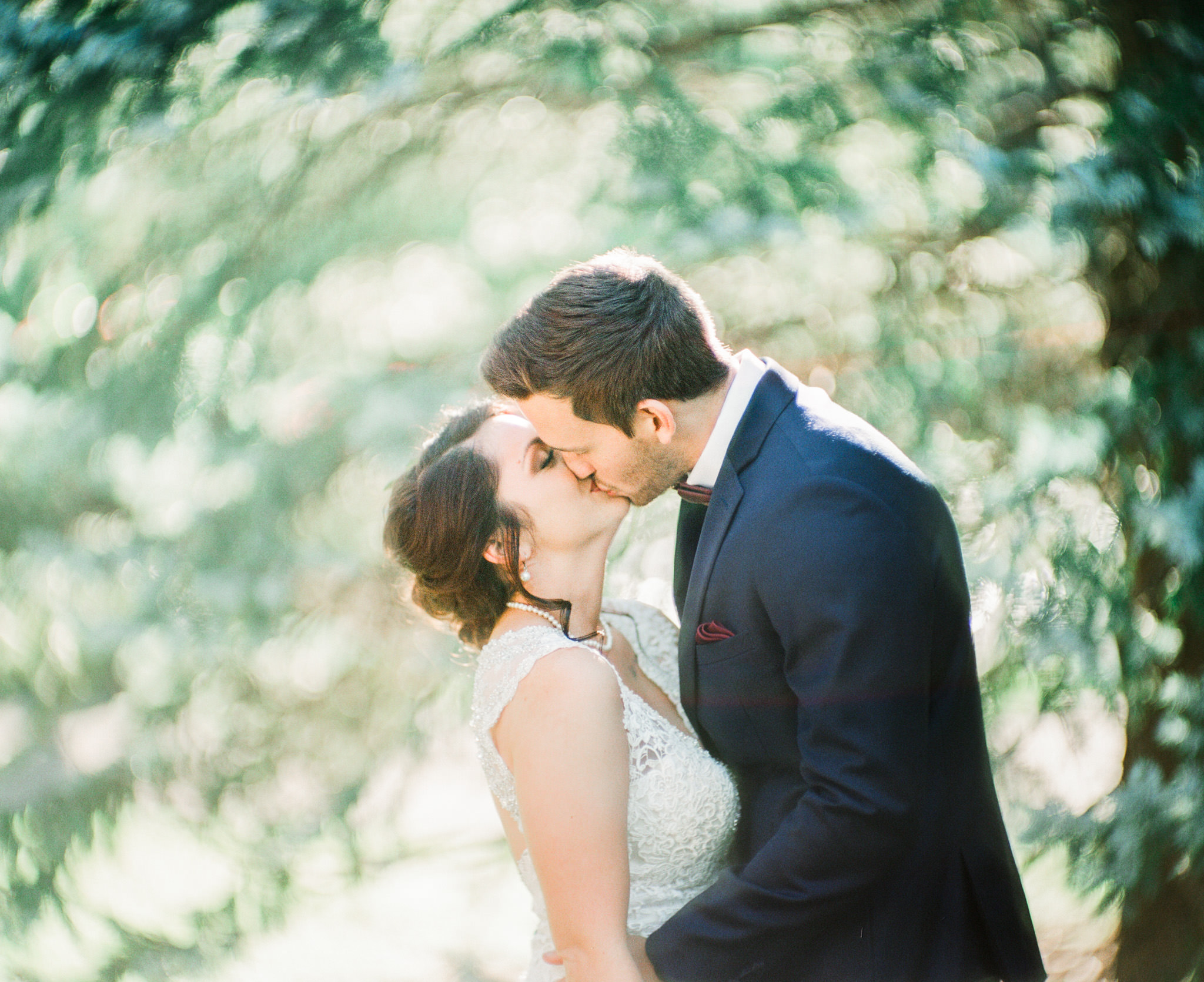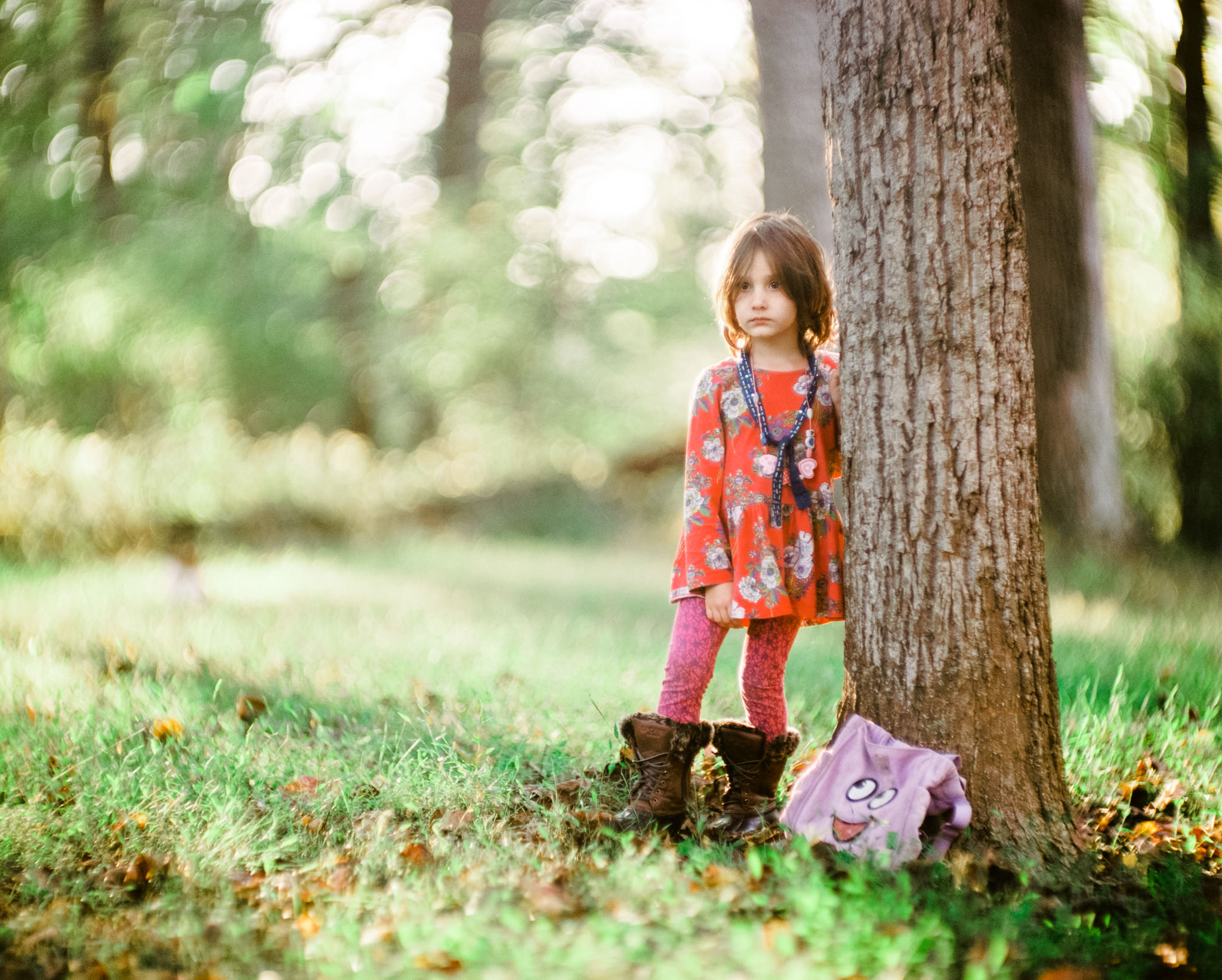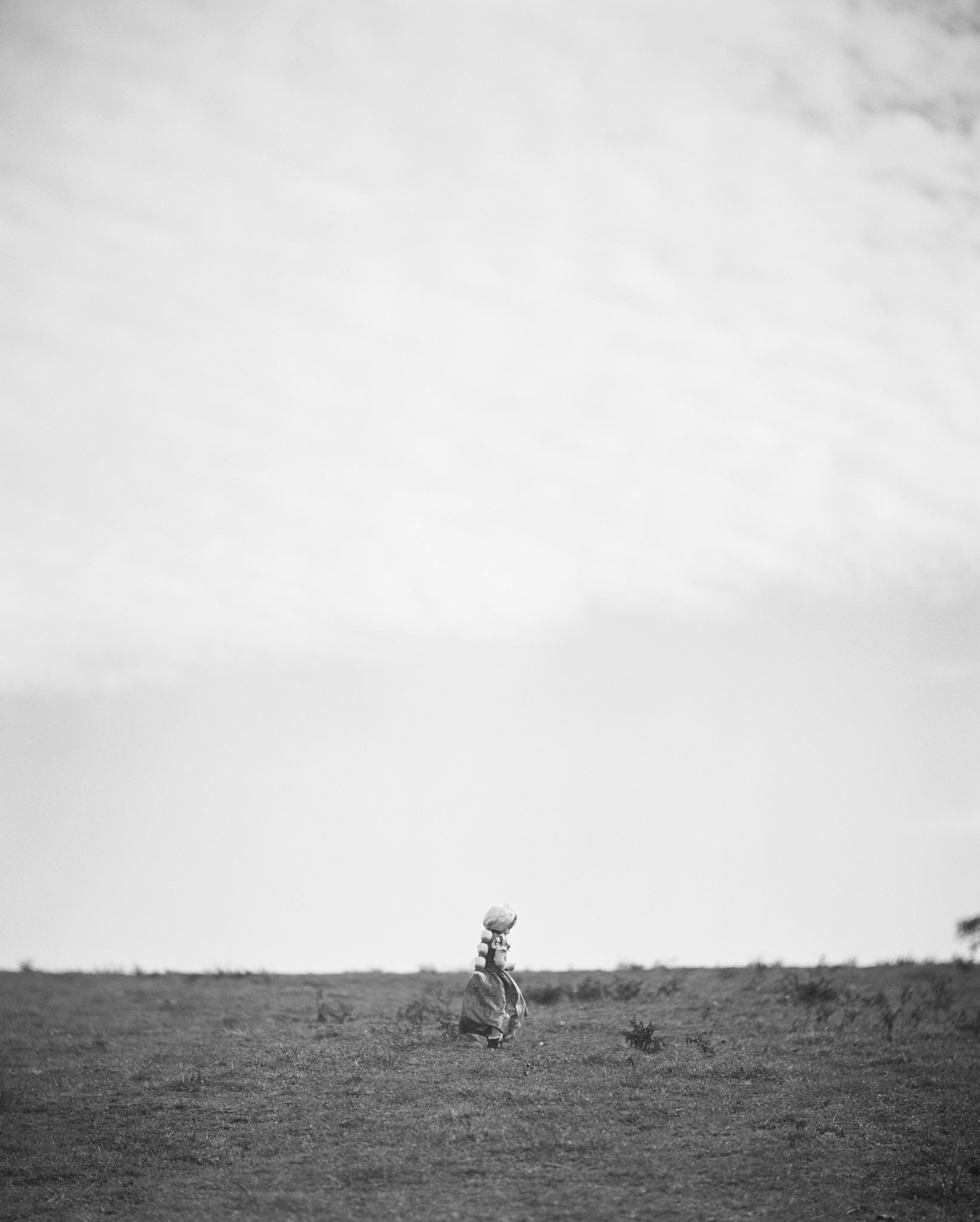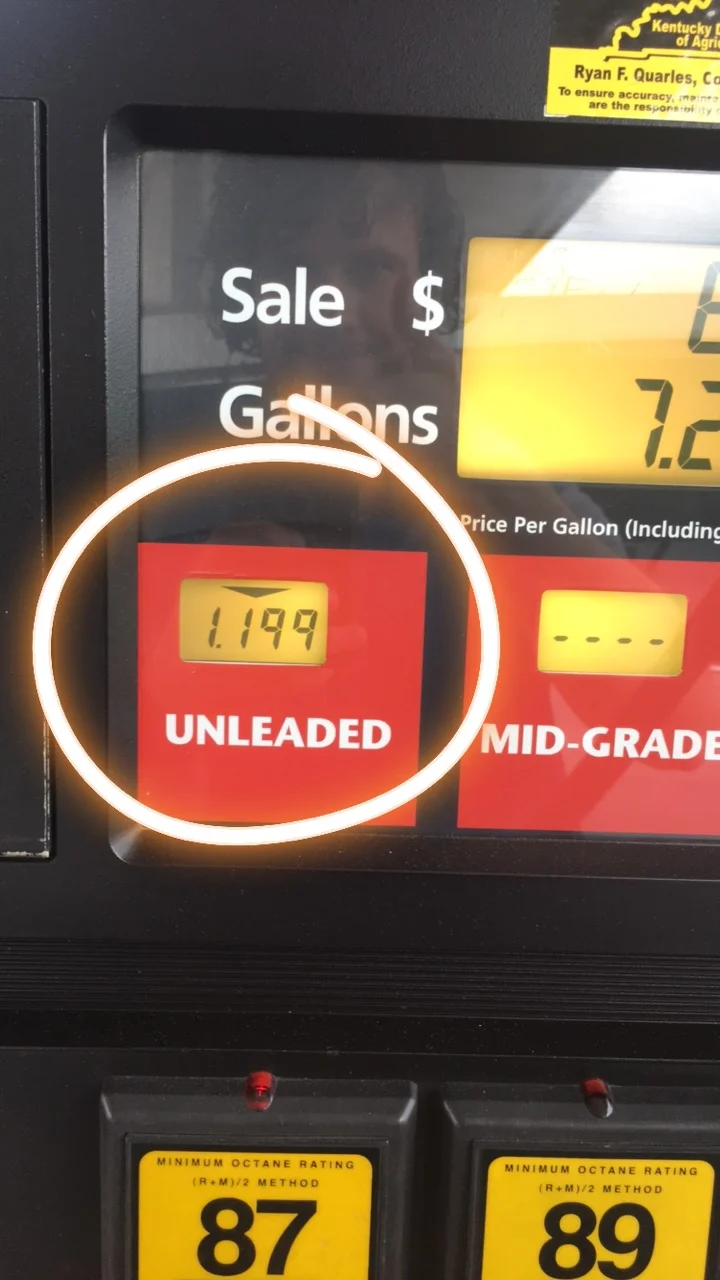Note: This post is part of our "Learn Blog" for photographers. For workshops, coaching, and other resources designed to help grow your skills as a photographer click here (after you read the article, of course)! To be transparent, all links are paid advertising, as a portion of any purchase made while using these links is credited to us. Please, consider using our links to help support what we do! Thank you!
Image of boy taken with Pentax 67 75mm f/2.8 AL lens on Pentax 67
The infamous 75mm 2.8 AL; a lens whose magic and notoriety are only matched by it's price-tag. When lenses reach the price-point which the 75mm AL has (currently between $1300-1700 USD), they garner a bit of curiosity. "Is it worth it?" is probably the most oft-raised question.
Well, I happened to stumble upon a particularly modest-priced sample which I could not pass up. So, now that I've had some time with this specimen, it's time for my Pentax 67 75mm AL f/2.8 review.
History of the Pentax 75mm AL
Image of downtown Louisville Mercer Building taken with Pentax 67 75mm f/2.8 AL lens on Pentax 67
The 75mm AL was released in 2001 as an improvement to the 3rd generation, 1989 released SMC 75mm f/4.5. AL stands for Aspheric Lens. Among the improvements introduced with the AL version were reduced distortion, smaller size, lighter weight, improved minimum focusing distance, and larger max aperture of f/2.8.
Build
Image of the SMC Pentax 67 75mm f/2.8 AL Lens
The 75mm AL is built very similar to the rest of the Pentax 67 lenses in terms of it’s style. It's solid, but doesn't feel "awfully" heavy at only 560g (19.8 oz). The focus ring is smooth and the aperture ring clicks nicely. It features the rubber grip ring, which I prefer vs the metal focusing ring of older model Pentax 6x7 lenses. It also features the same auto-switch that you’ll find on the 55mm f/4 and the 200mm f/4.
Closeup image of Pentax SMC 75mm f/2.8 AL Lens
Sharpness
Image of man taken with Pentax 67 75mm f/2.8 AL lens on Pentax 67
Now, I've heard some people say that their copy of the 75mm AL isn't sharp, but mine has been increadibly sharp. In fact, in the example above, the sharpness is so sharp that I would put it up against lenses like the Canon 85mm L Mark II on a 5DMkIV any day.
Color
Image of groomsmen taken with Pentax 67 75mm f/2.8 AL lens on Pentax 67
The color rendition is similar to other Pentax lenses like the 105mm and 90mm. I especially like how the 75mm renders skin tones. I think it has a lot to do with its native contrast which I’ll discuss below.
Bokeh
The bokeh is surprisingly good on the 75mm AL. It renders very smoothly, but still possesses loads of character.
Contrast
Image of girl with static hair taken with Pentax 67 75mm AL through a Pentax 67
The contrast of this lens is fantastic. It has plenty of contrast which lends to it's overall sharp look. It really does have a “look”, and I believe that the contrast it posses is one of the big reasons why.
Distortion and Vignetting
I notice very little distortion and vignetting, even at 2.8. The aspheric design employed by Pentax was designed to essentially reduce/eliminate distortion, so you’ll be hard pressed to find any. I think that I may see some vignetting at times, but if it is true vignetting it’s so light it that can either be embraced or easily corrected in Lightroom.
Flare Control
Image of exaple of flare control taken with Pentax 67 75mm f/2.8 AL lens on Pentax 67
Flare control is pretty good. I don’t notice anything to out of the ordinary. You’ll obviously still get some decontrasting with direct sun, but it’s pretty manageable.
Minimum Focus Distance
The 75mm AL has an impressive 0.41m (1.35') minimum focusing distance. There's almost no need for extension tubes or macro filters with this lens.
Final Thoughts on My Pentax 67 75mm AL f/2.8 Review
The overall rendering and character of the Pentax 67 75mm AL f/2.8 is about as stunning as it’s price tag. I regularly find myself producing images with it that I just don’t quite get out of other lenses. It’s a fantastic grab-and-go option that let’s me get up close, while also allowing me to get a fairly wide field of view in tight spots.
With all these pros, it’s lightweight, fairly small, and an all-around powerful tool in the right hands.
If you’ve found this article helpful and are considering to purchase the 75mm AL, please click our eBay link. A portion of the proceeds will go to help support us to keep producing articles like this for photographers like you!


